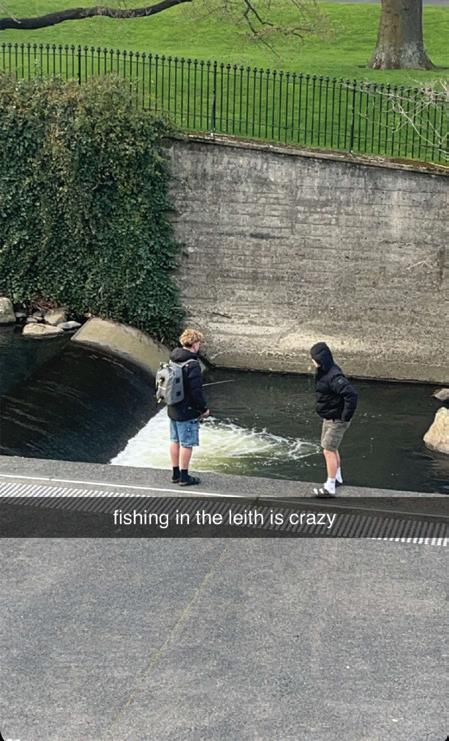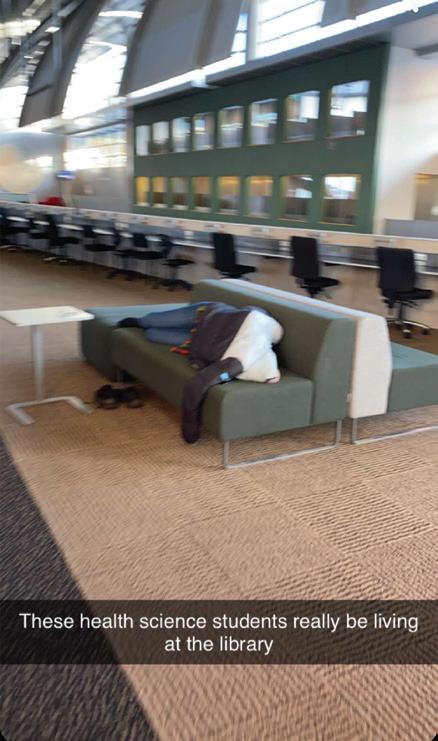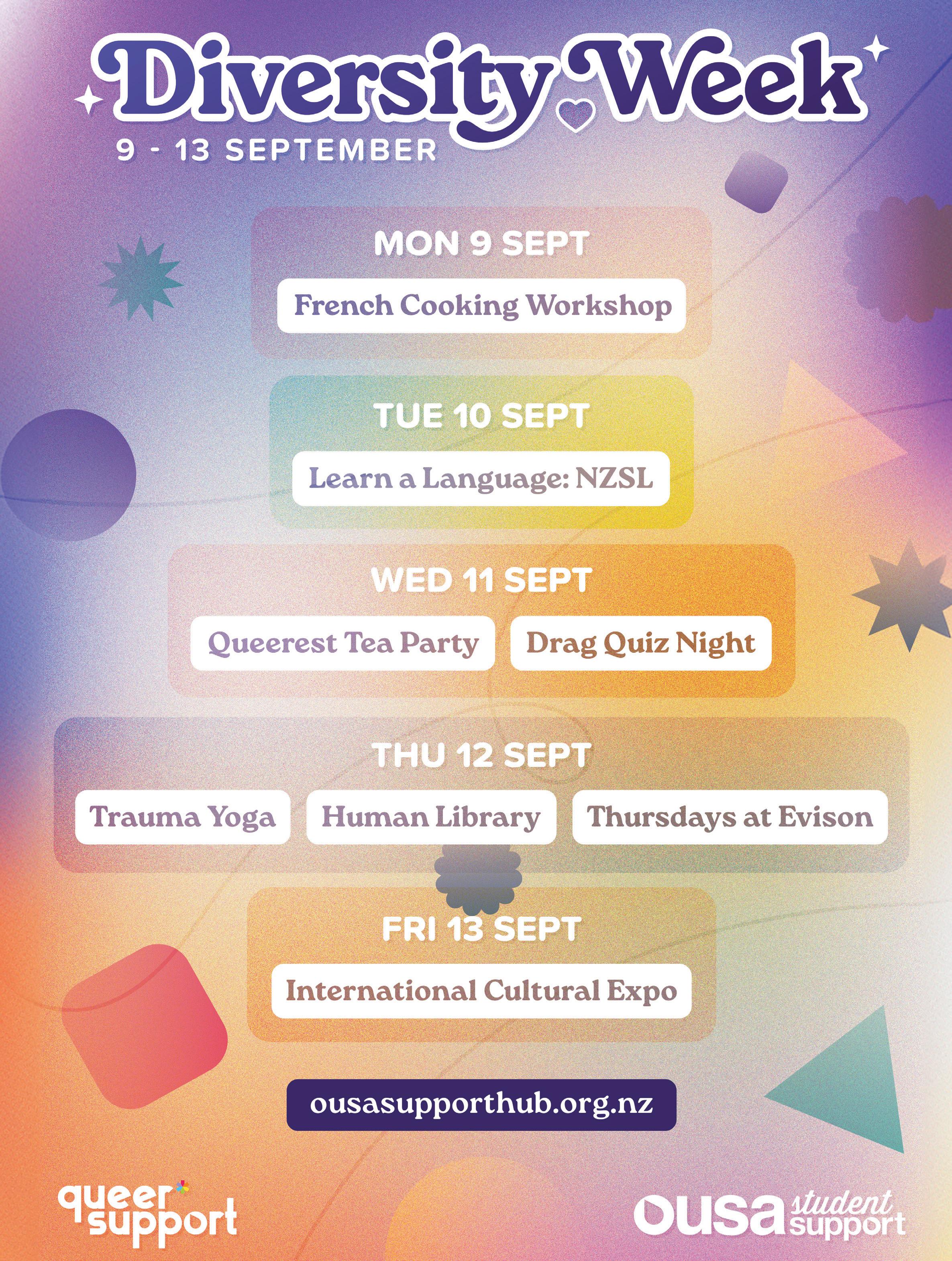






Dunedin isn’t exactly known for its queer scene. A close friend of mine once told me that they felt unsafe walking the streets here wearing the clothes they felt most themselves in. They’ve since moved to Wellington to find a more inclusive community. At the writer’s meeting where we organised content for the Queer Issue, one writer shared how just the weekend prior he’d had a car yell homophobic slurs at him because of the “sick jacket” he was wearing.
The drag queen on the cover’s name is Ann Arkii, and she’s been working to change this by revamping the drag scene in Dunedin (you can read about it in one of the features in this issue). But shocker, it hasn’t been easy. Earlier in the year, Critic reported on an incident where Ann hosted a rainbow story time at the library for kids that attracted protestors against the “indoctrination” of the kids. I was there. The kids loved Ann. She brought joy to the room. What didn’t bring joy was the boomer lurking in the shelves on the periphery. He was the one making everyone feel unsafe.
The centrefold couldn’t have captured the current Dunedin drag scene more perfectly: Ann Arki, Dunedin’s queen of drag, sitting side by side with Boo Khaki. Boo is the drag king to Ann Arki’s queen, working in tandem to create a community of queer celebration. Boo may seem familiar to you: they’re Critic Te Ārohi’s very own Lotto Ramsay (who I’m told submitted a picture of themself in assless chaps as Boo to apply for Critic in 2022). They sit in the Yours cafe co-op where Ann works, a place that has played host to the revitalised drag scene.
The shoot was inspired by the album cover of Chappell Roan’s The Rise and Fall of a Midwest Princess. As Madeline writes in her article about gay pop music in this issue, the current rise of Chappell (a lesbian singer who performs in drag) is a massive pop culture moment for queer people. I won’t spoil the article, you should go read it – Madeline
poured her heart and soul into this piece. She said it healed a part of her, and that really comes through in the writing.
Before meeting both Ann and Boo this year, the most I’d interacted with drag was watching RuPaul’s Drag Race. I imagine it’s the same for a lot of other people. I’d also watched clips from the episode of RuPaul’s appearance on Jimmy Fallon and the horror on Jimmy’s face when Ru gasped at being called a drag queen (“A DRAG QUEEN?!”) – likely having his career flash before his eyes before he was cancelled for a reason he was yet to find out –before Ru grinned cheekily and continued: “I’m the queen of drag.”
Chappell Roan also went on Jimmy Fallon – in full drag, too. She chatted circles around the host. I saw commentary on it online that his quiet demeanour was likely because of the Ru interview, fearing accidentally being cancelled. In Monty’s opinion piece ‘Just Call Me A Slur’, he talks about this phenomenon in unflinching and honest detail; that while it’s great that we live in a time where political correctness is the norm, it can be exhausting to have people tip-toe around this. The onus is put on queer people to validate that the straights around them aren’t homophobic. Another fantastic read you can expect in this issue.
So in a city with a queer scene that’s in its infancy, I feel incredibly proud to be part of a magazine that celebrates queerness and platforms the queer experience (the good and the bad). Here’s to creating safe spaces where everyone can feel safe and proud to be themselves. This one’s for the gays and the girlies.
NINA BROWN
Glass ‘Spike Trap’ Laid on Dundas 6
NZ Energy Crisis May Affect Power Bills 7
Purple Dog Crowned Bring the Noise Winners 8
Uni “Open to Discussions” for Band Practice Spaces 9
DJ Comp Shows Shift in Electronic Music Scene 10
Uni Accidentally Tells Students to Leave the Lib 12
Summer Festival Lineups Released 12
CULTURE
Opinion: Just Call Me a Slur 16
The Rise and Revitalization of Gay Pop, and why it matters so much 18
Queer Eye for the Gym (Non)
Guy: A Beginner’s Guide to the Gym 20
Quiz: What Queer Stereotype Are You? 23
FEATURES
Revival: A History of The Drag Scene of Ōtepoti 26
Beyond The Binary: A Conversation on How Heteronormativity Intersects With Sexual Harm 32
COLUMNS
Critic Bachelor 36
Local Produce 39
Do it Your Fucking Self 40
Debatable 41
Mi Goreng Graduate 42
Booze Reviews 43
Exec Column 44
Horoscopes 45
Snap of the Week 46

Dear Critic,

After weeks of annoying everybody I know with this issue I have decided to spread my annoyance to the Critic and its readers. Since coming back to Otago and rejoining the lovely Unipol gym, I have discovered that the sexism is loud and proud. Not only have I overheard multiple men stating they are heading to the “girls room” (meaning the light weights and cardio) but the lack of women in the heavy weight gym has never been more apparent. Mind you, yes women cannot genetically lift as much as these “men” but that does not give anyone the right to label this. Hearing this has forced me to stick it out and show up to the heavy weight gym BUT to add to my rage, currently the hip thrust machine is pointed directly at all the benches and the mirror. I'm so sorry but who the hell thought that was a good idea. It's like they don’t want me there. Come on breathers and Unipol. Do better. Please.
Sincerely,
A stubborn casual gym girlie
Editor’s response: You’re going to love the gym piece in this issue
Send letters to the editor to critic@critic.co.nz to be in to win a $25 UBS voucher.
Dear madame Critic,
I have a little bit of a major bone to pick with the university and that is the all too common occurrence of boring, gruelling, pretty-much-useless tutorials! Too many times I have been forcing myself to attend tutorials in which I just want them to be over as soon as I start. Don’t get me wrong, I have had fantastic tutorials/tutors who come to class with a solid plan and manage to get all or most of the class interacting and contributing. But unfortunately this is the minority of my tutorials. It seems that some tutors are just picked off the street and given no guidance on how to run a tutorial, and thrown into a classroom. On top of this, students who choose not to attend these boring ass, useless ass tutorials are often cast as just lazy students and I don’t think that’s fair nor accurate!! Some tutorials I just suffer through in the case that there might be some useful information but they often feel like a waste of time and I know it doesn’t have to be that way.
Dear Mrs Critic,
On skibidi this is the best magazine from the University of Otago.
Yours truly, The Rizzler
Dear Mrs Critic,
I don't give a shit about the crossword. Fuck the crossword.
Sincerely, A crossword hater
Dear Mrs Critic,
Is there a Mr Critic? <3<3
Regards, a lover of love
Dear Mrs Critic,
You currently have an outstanding debt of $2,000 to the IRD. Please pay within the month.
Warm regards, The IRD.
Please uni, teach tutors how to teach or hire people who know how to! I’m sick of interesting topics being made boring because of boring tutorials and tutors who can’t run a class well!
Sincerely,
An annoyed student
Dear Mrs Critic, Has anyone sent a handwritten letter? From, the Post Office
The Police are investigating the theft of pride flags in Queenstown
The world’s oldest person, American-born Maria Branyas, has died aged 117
A new outbreak of monkeypox is expected to spread through “most corners of the world” from Africa, according to some epidemiologists. Babe, wake up, a new pandemic just dropped!
Luxon has rubbed local councils the wrong way in a recent “paternalistic” speech in Wellington telling them to “rein in the fantasies” on spending
The Dunedin Youth Orchestra is coming to campus for a concert on Saturday September 14th at 7pm. Tickets are available through their website (dyo.org.nz) –$20 for students!
The Environmental Science Ball ‘Under the Sea’ is coming up on Thursday, September 12th at Joe’s Garage at 7pm. Tickets are available through their Facebook event page – $25 for members or $30 for non-members, available until August 31st
Law Revue ‘LAWRAT’ is on this Thursday and Friday! Tickets are $10, available through Humanitix
Research has revealed that nearly a third of all road deaths in NZ are people aged 18-24. The Automobile Association would like to see a change made to driver’s licence rules, which are currently more relaxed than other countries
There was a brawl at the Aquinas ball. “Better than pissing on the floor at Unicol ball,” says Critic’s design intern Connor (you know who you are)
The New Zealand Young Writers Festival program is out! Head to their website to book your FREE tickets for events happening from September 13-15 (including one from Radio One and Critic Te Ārohi)
A major report has exposed bias in the NZ Police. Findings of a three-year study showed that being Māori increased the chance of being prosecuted by 11%
Chappell Roan has posted on TikTok calling people out for stalking her and her family: “I don’t care that abuse and harassment is a normal thing to do to people who are famous [...] I’m allowed to say no to creepy behaviour”

Police are investigating an incident where a ‘spike trap’ of glass was allegedly laid out on Dundas Street close to Studholme at midnight on Saturday, August 17th. Residents living close to the mess said that it appeared like an entire blue bin had been emptied onto the road. Four police cars were in attendance at the incident, blocking off the road from both sides while the incident was dealt with.
Students Ben and Jeremy were hosting at a nearby flat at the time. Ben told Critic, “It was just a shitload of glass on the road – enough that they had to close the entire street.” Naturally, the cops speculated about their involvement. “The cops just banged on our door and asked if it was us – and that was it,” said Ben. The pair agreed that the cop who spoke to them “was real fucked off, aye?” Couldn’t imagine why.
Their flat denies any involvement. While Ben had “no idea” where the glass might have come from, he pointed the hypothetical finger at a neighbouring flat as a possible suspect. The flat, where the glass was “right in front of”, hosts pretty often according to Ben: “They get a bit rowdy [...] They’re always taking their shirts off at that flat. They’re always like half naked.”
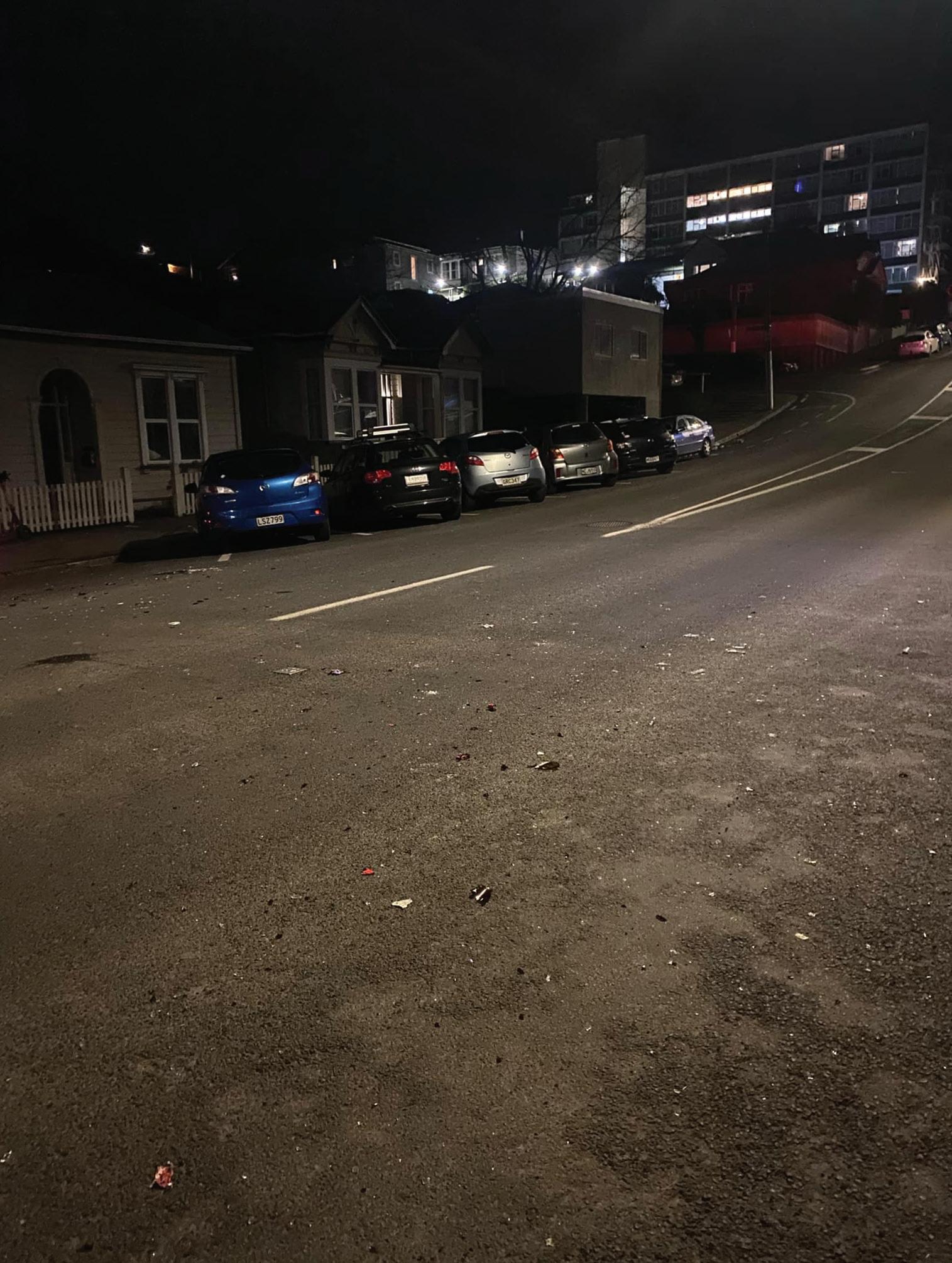
By Hanna Varrs Contributor // news@critic.co.nz
Nothing pisses off local authorities (or cyclists) like broken glass, and according to Ben and Jeremy the incident attracted a decent crowd of them. There were apparently two cop cars parked across the road, four or five “actual cops” cruising around, as well as a Campus Watch presence.
The Proctor wasn’t aware of the incident when Critic Te Ārohi asked for comment. “However, the University encourages students to be mindful of others and avoid breaking glass in North Dunedin as it creates a hazard for those we share the community with.” Pour one out for the cyclists out there.
Police re-affirmed that “while Police want everyone to have a good time, we also want you to keep yourselves and your mates safe. Police have a zero-tolerance approach to alcohol-related offending and social harm.” It remains unconfirmed whether the glass was an intentional “spike trap” or not. To quote OUSA’s longstanding anti-glass campaign: Don’t Be a Dick!
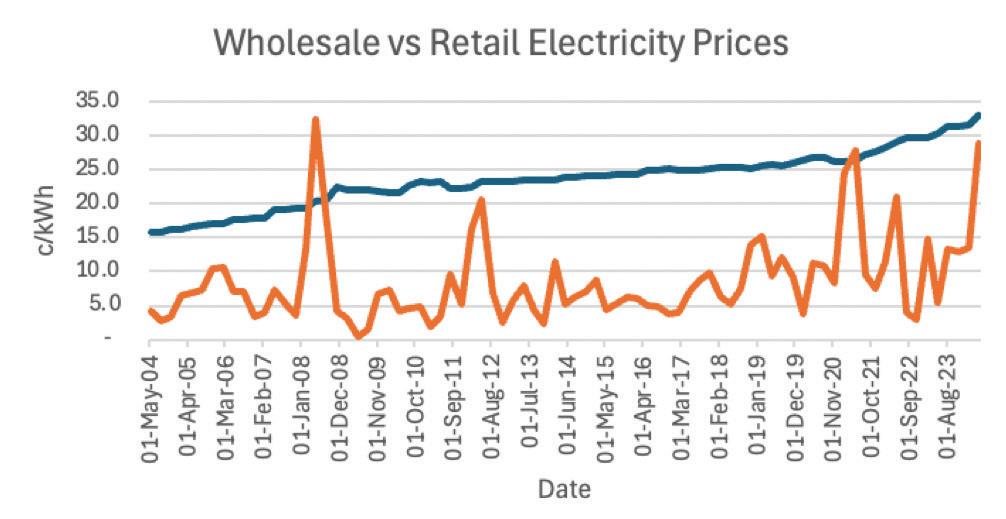
Might have to switch from an alcohol blanket to a real one now
If you’ve been having a nosey at the news outside Critic (how dare you) in the last few weeks, phrases like “energy crisis” or “tight supply conditions” have been chucked around. The main gist of the issue is that wholesale power prices have risen above retail prices. The bad news: certain power companies are not taking on new customers as a result. The good news: don’t expect a rapid increase in your bills anytime soon.
A quick crash course: New Zealand power companies buy electricity (at wholesale prices), who then ‘sell’ it to the people (at retail prices). So in other news, it's been costing more to buy power than to sell it to us – and this could mean bad news for already-stretched StudyLink budgets (and those of you who sneakily chuck your heat pump on outside of free hours).
Aotearoa sources the majority of its energy from hydroelectric schemes. It's renewable (a big win for the planet), but also means it is at the mercy of Mother Nature. This winter has been quite dry (could’ve fooled me) causing water levels at dams across the country to drop.
And with logic even your breatha mates who failed BSNS113 follow, less supply and a high demand (i.e. your flat having the dryer and five heaters on at once) drives up prices of power. Start setting aside some booze money, ‘cos the increase in wholesale prices could be rocking up in a few weeks time. With selling electricity to the average consumer becoming less profitable, companies like Electric Kiwi have stopped taking on new customers to minimise losses.
Critic yarned with Fraser, a second-year Geography student, who is concerned about the state of the power market right now. He said, “Everything else, such as groceries and rent, is getting more expensive, so it's gotta be a choice between cooking and heating at this point when it should be a human right to do both without worrying.” But Fraser’s concern about power prices has proven controversial, with his proposal to ban ‘everything showers’ for his 2025 flatmates becoming a divisive topic. Anything to save a buck, hey?
On a more serious note, Fraser suggested a few solutions, including, “Building more sustainable electricity options, such as battery dams to store water when we have excess in spring” as well as investing more in “taking advantage of our windy islands.” Maybe Geo students do more than just frolic outdoors on their field trips?
Critic reached out to Electric Kiwi, for an inside scoop of what everything in the market means for us students. Unfortunately, they did not respond in time for print. Pushing on, Critic yarned


By Gryffin Powell News Reporter // news@critic.co.nz
with the next best thing: Joel, an Energy Management major. Overall, he said that there is good news for power prices in the future: “As individuals and households, we all have the power to reduce the cost of our power bills over winter.
Joel shared his personal ins and outs for energy management. Ins included using the heat pump (“pumps out around 3x what you put in”) and electric blankets (“use 90%+ less electricity than a heater”). Listed in his outs were resistance/oil heaters (“inefficient and slow”) and hot washing machine cycles (3x the price of a cold wash”).
“New Zealand is ripe with opportunities to strengthen and grow our electricity market. On the supply side, we can, and will, continue to grow our low-carbon electricity sector with expansions to wind, solar, and geothermal generation,” said Joel. “On the demand side, batteries, EV's, and other storage technologies will present change, challenge, and chance for market players.”
Embracing his nerdier side (probably a prerequisite to be an Energy Management major), he gave Critic the nitty-gritty of what’s been happening to the power market. “While it might seem logical that a rise in wholesale power prices would immediately affect retail prices (the prices reflected in students' electricity bills), this isn’t necessarily the case.”
Joel reminds us that if we use more power, we’re gonna pay more. You can’t fault his logic – and he had receipts. “A study of electricity usage by Otago UniFlat’s reveals a strong correlation between temperature and power consumption. Notably, the coldest day of the year also saw the highest electricity usage by UniFlat residents. Overall, electricity consumption surged by 66% from autumn to winter.” In case we needed another reminder they get unlimited power.
He even made a cheeky graph comparing wholesale prices to retail prices, showing that the prices students pay are a lot less volatile than the wholesale prices (see above)
“Over the past two decades, the standard deviation for retail prices was 3.99 c/kWh, compared to 6.24 c/kWh for wholesale prices, highlighting that wholesale electricity prices fluctuate more than retail prices. All that is to say that the price/kWh of electricity will likely not change wildly in the next few weeks.”
If all those words scared you, in short: no wild price increases should be coming soon. And don’t let your flatmates freeze to death. It’s not cool.

The Bring the Noise finals were held at U-Bar on Friday, 16 August. Six bands competed but only one came out on top. The winners were the indie rock band Purple Dog who have seen a surge in popularity this year, playing multiple Pint Nights, featuring in a Critic article (the highest praise) and releasing two singles. Yeah, dog.
Lead singer Imogen was stoked when Critic Te Ārohi caught up with her. Speaking to her victory, she said, “[It] feels unreal you know? I felt a bit nervous before but just tried to give lots of energy out when we played and the crowd was absolutely superb. We feel so lucky to have played in the final and are super stoked for recording with Sublime!” Yeah, dog.
Some might say Purple Dog were the underdogs compared to fan favourite No Danger, who placed second, with King Mary coming up third. One of the judges, Radio One Station Manager Kristina Simonsm (‘Tina Turntables’ if you catch her at a gig), had this to say on the matter: “They had a very clean, clear, concise sound. Really well constructed songs, really good stage presence. It came down to decimal points, it was really close.” Yeah, dog.
By Jordan Irvine Staff Writer // localproduce@critic.co.nz
The two other judges were Steve Harrop and Tom Havard – the former the creator of Sublime Studios and the latter the live-in engineer for the studio. As the winners, Purple Dog gets to spend one night and one day recording at Sublime Studios up in Waitaki Valley, a prize valued at $2,500. Yeah, dog.
Fans (who Critic dubs the “purple pups”) were happy with the results and cheered with passion as the band walked on stage to be congratulated on their winnings. Long-time fan Sophia said, “I thought it was well deserved, the dogs have worked hard and grown so much from what I’ve seen of them since the beginning of last sem. I’m stoked to hear their upcoming work and to continue supporting them!” Yeah, dog.
In true sportsman-like behaviour, fellow musician, Henry – who also played in the finals as part of Achtung! – was chuffed about Purple Dog’s success: “I think it was pretty awesome. Purple Dog is a fantastic band and showed some great musicianship and songwriting so they absolutely deserved it.” Can we get a “yeah, dog” up in here?

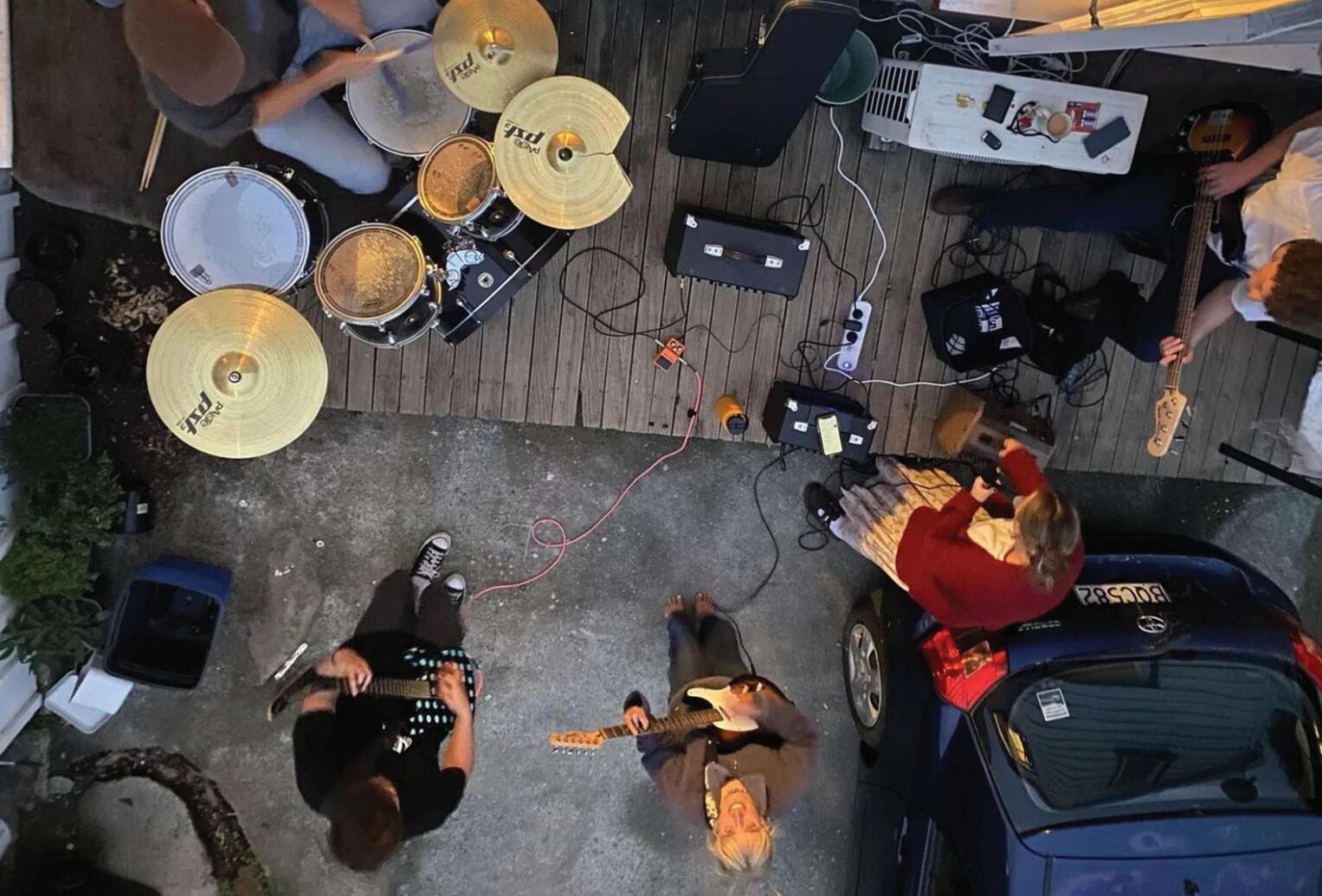
Let them cook!
The lack of suitable spaces for bands to practise in is an issue that’s garnered increasing attention this year (check out the feature in this year’s Music Issue). In the interest of supporting the local music scene, musos have turned to the Stephens of the University for on-campus help.
Student musicians in bands including Dizzy, Ivy, the Audio Visual Drop Kicks, and The Beatniks shared with Critic Te Ārohi for a feature article on the issue earlier this year that in the absence of practice spaces, they’ve been forced to come up with some creative alternative solutions. AVDK members flat together –meaning their living room offers itself as a built-in practice space option, but a drumset taking the place of a dinner table can only be a temporary solution.
The Uni currently has two spaces available for select students to use: halls of residence and in Te Korokoro O Te Tūī Studio at the School of Performing Arts. These options are not available for use to the general public. Hall spaces are only available to residents, and Te Korokoro O Te Tūī is only open to students taking music performance related papers.
The relatively exclusive nature of these spaces has been scrutinised by a band member in the local scene: "Shame on the University. Otago University is so proud [...] [of] Dunedin as being part of this wonderful history and the Dunedin Sound. I find it [...] ironic that they don't even celebrate it with the students now."
In defence of Te Korokoro O Te Tūī Studio’s exclusivity, School of Performing Arts music technician Stephen Stedman said that these rooms are already booked “wall to wall” for students preparing for assignments. He adds that there is not enough time in the week nor resources to cover the wear and tear if these rooms were open to the general student population.
Yet “we are at a tipping point,” according to OUSA President Keegan Wells. Sharing her fears of inaction Keegan said, “If it
By Jonathan McCabe Contributor // news@critic.co.nz
doesn't come up soon, I worry it won't happen at all because then suddenly there will be very few bands who have a place to practise and therefore 10 - 20 years down the line, no one will care enough about putting those spaces in."
The Uni’s Chief Operating Officer Stephen Willis told Critic Te Ārohi that the University is "open to further discussions" in the hunt for a "suitable space." This would include a logistical analysis of what would be required to open "a more permanent set-up with music equipment in place." The message follows (light) pressure from OUSA and other parties to have the School of Performing Arts open to the broader student population for jams.
Willis tells Critic Te Ārohi and students looking for a spot to practise that "Union Hall was confirmed about two months ago as a free bookable space where bands could practise." This came about after Keegan approached the Chief Operating Officer about lack of band practice spaces. Metaphorical crowbar in hand, Keegan and local musos are creaking the Uni doors open.
Stedman says that if a room is found, the department "could contribute to resourcing [it] with some redundant equipment that is still perfectly usable." Stedman suggested that the solution lay in different interested parties uniting, chiefly: OUSA, the University, and the Dunedin City Council. Willis also reckons that "it would be useful if all the interested parties were brought together by a lead stakeholder so all available avenues could be explored." Ideally, one named Stephen, completing the Holy Trinity.
With Union Hall now theoretically available as a band practice space option, it remains to be seen whether the University and OUSA will continue to look for solutions. Opening up a band practice space would mean that drummer Shaarav Jog of the Audio Visual Drop Kicks wouldn't have to eat dinner on his drum kit anymore.

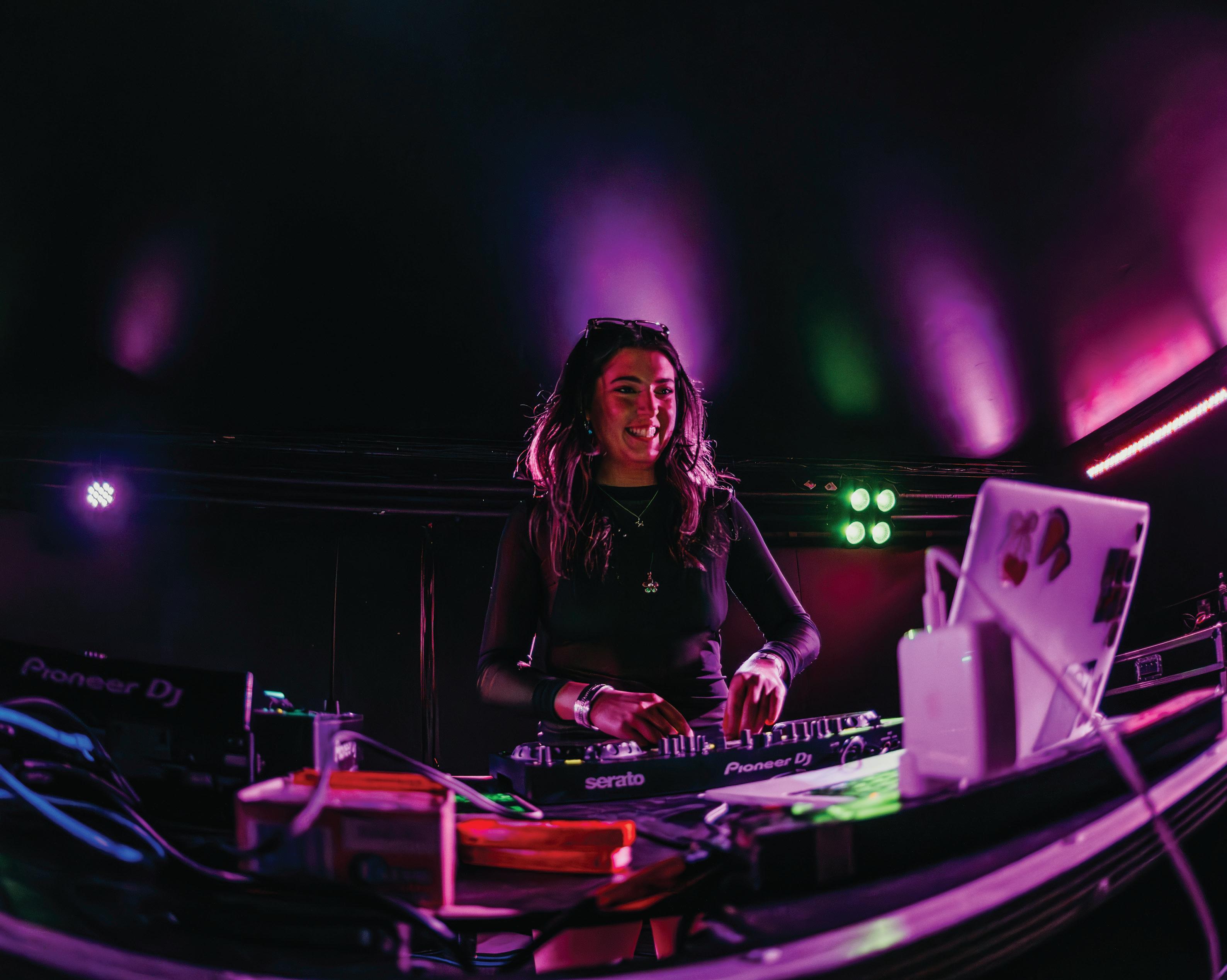
Is the DnB era finally coming to an end?
Last week, OUSA hosted its annual Future DJ competition at U-Bar. The comp platformed some of Dunedin's future DJ stars, welcoming electronic music punters and every breatha who loves drum and bass. But with only one of the top three DJs playing DnB, it seems there’s been a shift in the local electronic music scene.
Over the past five to ten years, Dunedin student culture has been ruled by the wobbles of Drum and Bass – from Castle Street parties to the 3am battlers in halls of residence. Yet, the Future DJ competition has chosen not to overindulge in this history, with prior champions all having a sound void of DnB. This year's DJ comp winner ROO is not a Drum and Bass DJ, with her sound focusing more on hard hitting energetic funk.
Radio One’s Programme Director Fi Carr was one of the judges at the competition. Speaking to their judging calls, they told Critic they would love to hear DJs explore more variety of genres, widening the sound of the city. “Like any DJ competition, the OUSA DJ competition helps platform DJs learning and progressing, and gives them a solid crowd to perform [to] on a proper stage,” said Fi.
By Angus Rees News Reporter // news@critic.co.nz
There was still plenty of DnB, said Fi, but they added, “It was nice to see people playing different styles [...] and I think that shows that in Dunedin there are a lot of DJs very excited to mix [...] it's cool to see.”
To the DnB die-hards, fret not. Fi argued that the emergence of new sounds would not diminish the cultural relevance of doof, saying, “It's nice to see different electronic music around Ōtepoti in various venues and communities […] There is a natural divide from the historic guitar-sound and the student party scene and I hope to see a more diversified community and also openness with every bubble to trying new things.”
One student Critic spoke to, Jack, said that DnB has “been around forever” and that he didn’t reckon it was going anywhere, despite what the judging of the comp might suggest. He did, however, admit that “it’s always nice to have some house from time to time, and highlight more than just the one genre.”
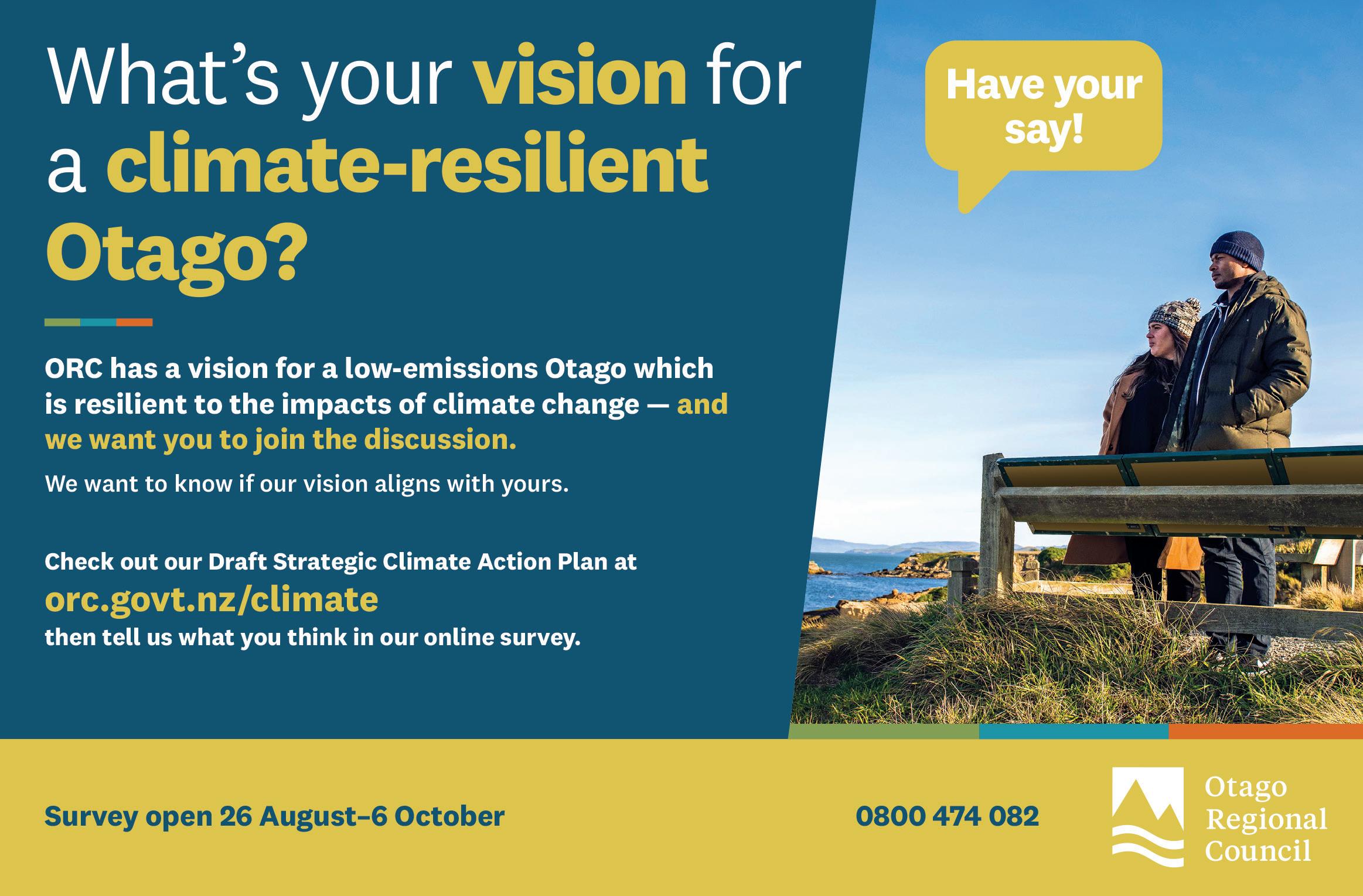


students conspire to take over speaker aux
The automated “voice of God” in Central Library, normally reserved for kicking out late night studiers at closing time, spoke up at midday on Friday, August 16th. Despite being told to leave by the tinny voice, stubborn students remained steadfast in their seats. Critic respects the dedication (or laziness, you decide which).
As one of the few to heed the voice’s call, third-year Politics student Molly confessed to Critic Te Ārohi she was spooked. “No one moved and then the lights started to flash on and off so I decided probs best to leave. Out of the probably hundred people around me only a handful also got up […] But I am a stickler for safety and if a robotic voice tells me to jump, I’ll say, ‘How high?’”
Another student on the Friday arvo study grind, Roger, said, “Most people got up, but that was just to steal the seats of the people who left […] it was pretty sporadic, no wailing or anything.” Laura said that she and a friend had “got up to go but then sat back down when we saw no one else was leaving.” Unlike Molly, very few seemed to be worried about the reason for the alarms –except for another spectator (and speculator) George who said: “Fuck that’s bad if there’s a shooting or something.”
The Uni let the cat out of the bag in an email to Critic. University Librarian Mike Wall said, “The announcement was an automated message which is usually made when the library is about to
The verdict: R&A trumps RnV
Both Rhythm & Vines and Rhythm & Alps released their first lineups to the deflated applause of students last week. In a tough moment for students who bought early-bird tickets, the RnV line up has been critiqued by pretty much every student Critic talked to as being “shit.” For those who hadn’t, the lineup led many students to reconsider their plans – with many thinking R&A would likely be the push.
For those who haven’t checked, RnV will feature artists including Ice Spice, Sammy Virji, Luude, Badger, Sachi, and the old king Sir Dave Dobbyn. As it stands, a four-night camping pass will set you back a minimum of $500, but this can climb to $1,000 if you’re feeling bold enough to add a few luxuries.
Dropping just a few days later, R&A – hosted only on the 30th and 31st of December (as opposed to the original 3 day structure) –has artists such as Becky Hill, Andy C, Shapeshifter, Badger, Wax Mustang, and – would you believe it – Sir Dave Dobbyn. Seriously, the man travels like Santa Claus.
Speaking to the RnV lineup, one third-year student Abby told Critic: “It’s shit, that’s all I’ll say.” Similarly, Matt just said, “RnV, how shit, how shit.” Then yet another student (who wouldn’t give his name for some reason) said, “Um, yeah it's obviously not as good as last year. Ice Spice is the head act which is probably not the best but yeah I bought tickets six months ago so we’ll just have to run it.”
Chloe’s concerns lay with a certain act, stating, “Ice Spice is the headliner and she’s kinda cancelled at the moment so not sure
By Hugh Askerud News Editor // news@critic.co.nz
close for the day […] the announcement was unintentionally triggered by some maintenance work being undertaken in the Information Services Building [...] This has happened occasionally in the past, as it isn’t always clear that such work will trigger the announcements.”
It was George who first mused at the potential this malfunction could bring – whispering conspiratorially of a speaker take-over. “100% you could get in. It would probably take 25 people, maybe 20 depending on who you're with.” Asked for his two cents on this theory, Roger said, “You could most definitely get your playlist on the speakers. There’s probably a way of doing it in the library as well, you wouldn’t need to go all that way [to Information Services].” Another student said, “You could play it, but why would you?” Someone’s clearly a bit touchy about their guilty pleasure bangers being leaked to the public.
Of the seven individuals interviewed, seven from seven said that the ideal thing to play over the loudspeaker would be DnB. George halfheartedly suggested some Ice Spice, but overwhelmingly the choice was to get some filthy DnB remixes blasting for all those ensconced in their study. The event spoke of a dream that could one day be realised, in what would be the most blatant case of hogging the aux of all time: jamming out on the Central Library speakers. Information Services Building, expect a kindly worded email.
By Hugh Askerud News Editor // news@critic.co.nz
about that.” She didn’t elaborate on why, though. Google didn’t reveal much, and Critic’s resident muso, Local Produce columnist Jordan, hadn’t heard of it either: “People are so quick to cancel women, meanwhile Chris Brown is still beating up people.” Anyways.
Like true Southlanders, people were a lot more optimistic about R&A – RnV’s South Island counterpart. “I went to RnV last year and Becky Hill was there, it was the greatest experience […] I think R&A are lucky to have her,” said Matt. Following on from this, Abby said, “I’ve already heard there’s already better artists for R&A [...] It might not be bigger but it's gonna be better.”
Overall, students didn’t see the lineup as something which would necessarily change much since many had bought tickets already, and music is just one part of the festival experience. “People just get RnV tickets before they know the lineup regardless […] people aren’t going to refund 500 dollars, it's just like ceebs,” said Charlotte.
In 2023, RnV welcomed 21,000 Kiwis, over double that of its younger brother R&A who welcomed just over 10,000 to Wanaka shores. However, the festival is much younger than its Northern counterpart, beginning in 2011, while RnV began in 2003. Debating if either festival was worth the cost, Chloe suggested that students instead just have “a wee mini gathering and then get blackout with your mates.” That’s inspirational, Chloe.

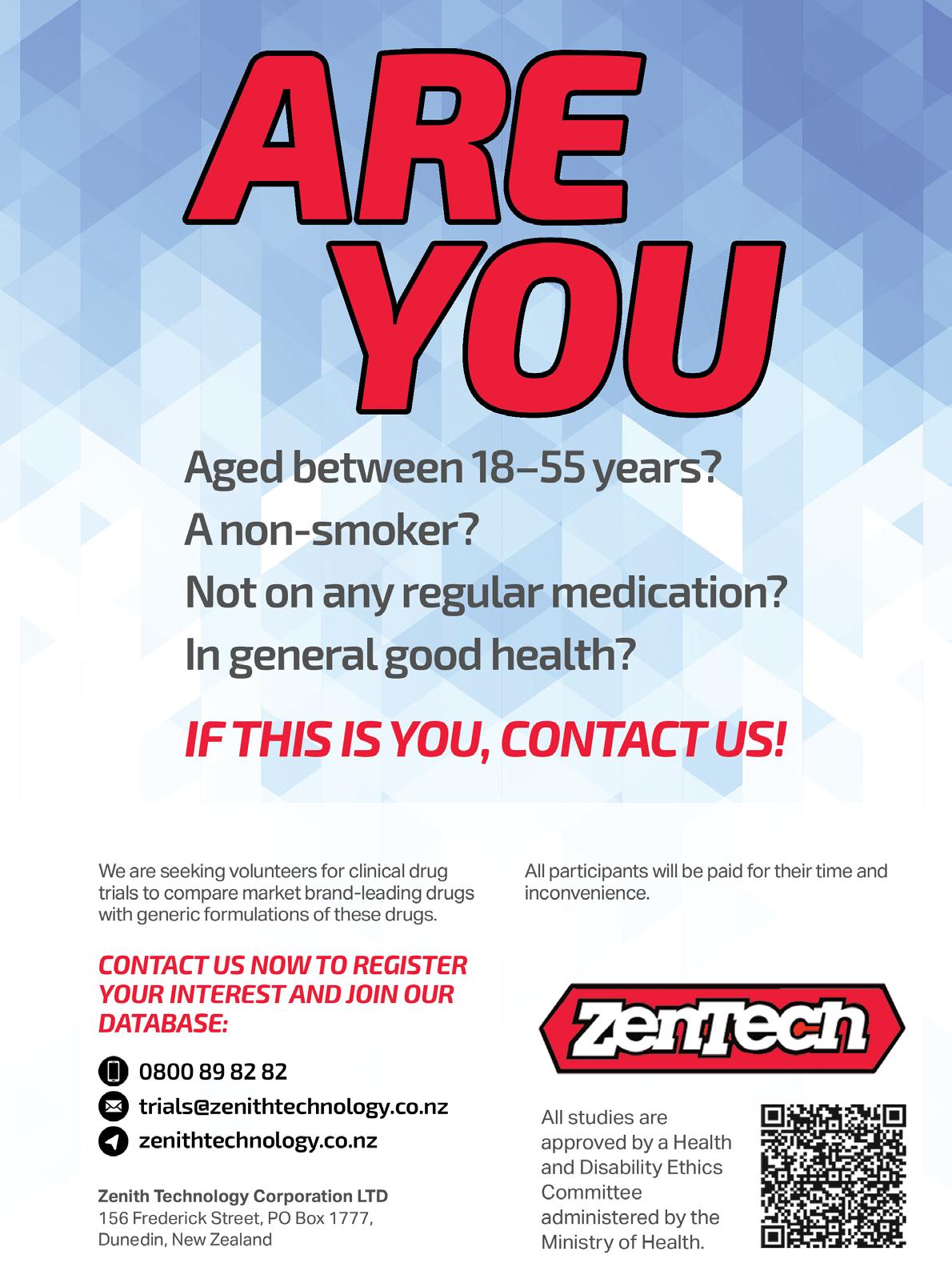





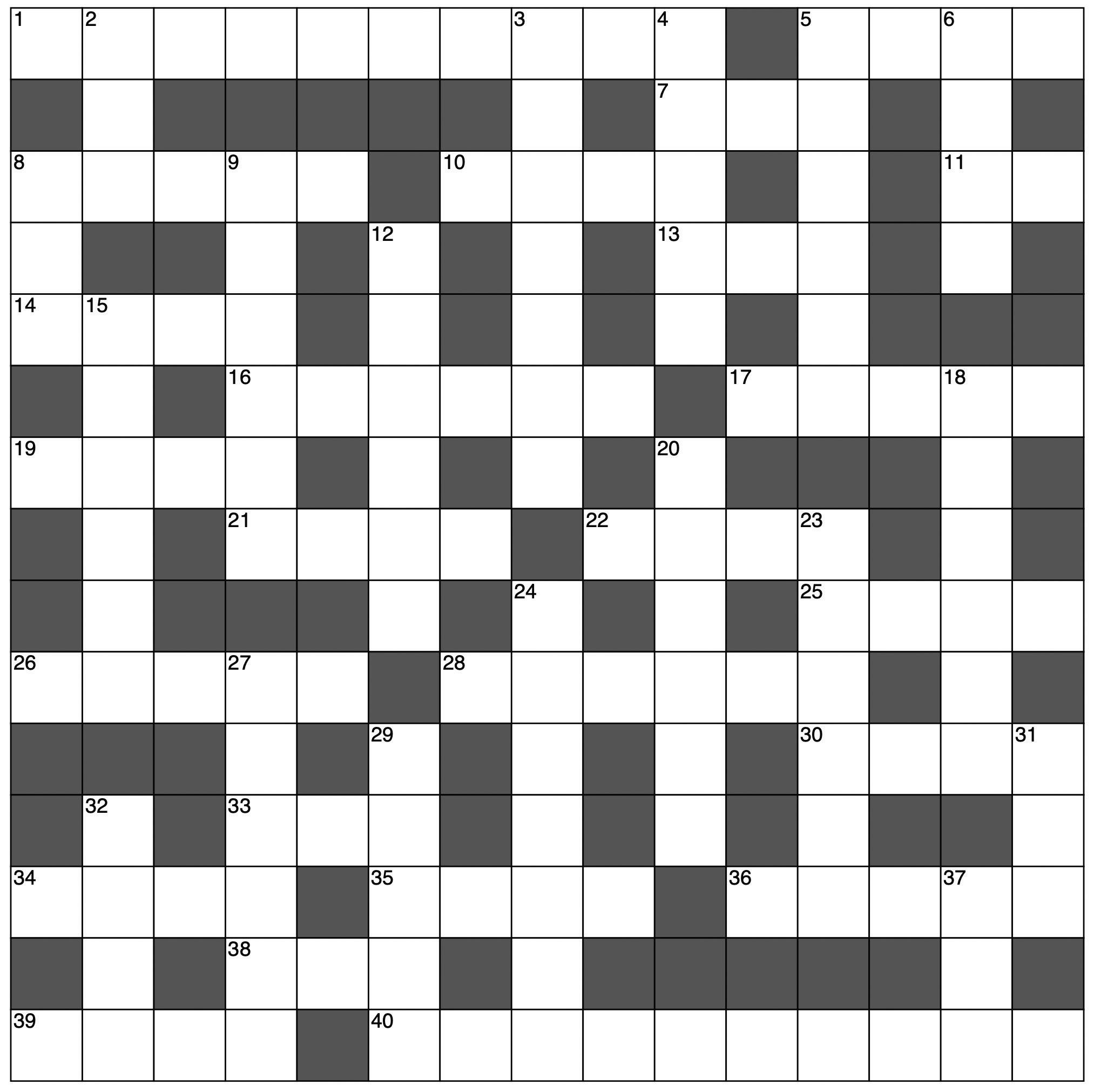


There are 10 differences between the two images

GLASS
TRAP
LAWRAT
ELECTRICITY
RHYTHM
PURPLE DOG
HOUSE
FESTIVAL
LIBRARY
JOBSEEKER
SLUR
CHAPPELL
LUNCH
HYPERTROPHY
STEREOTYPE
PIERCINGS
DRAG
REVITALISATION
MOTHER
BINARY

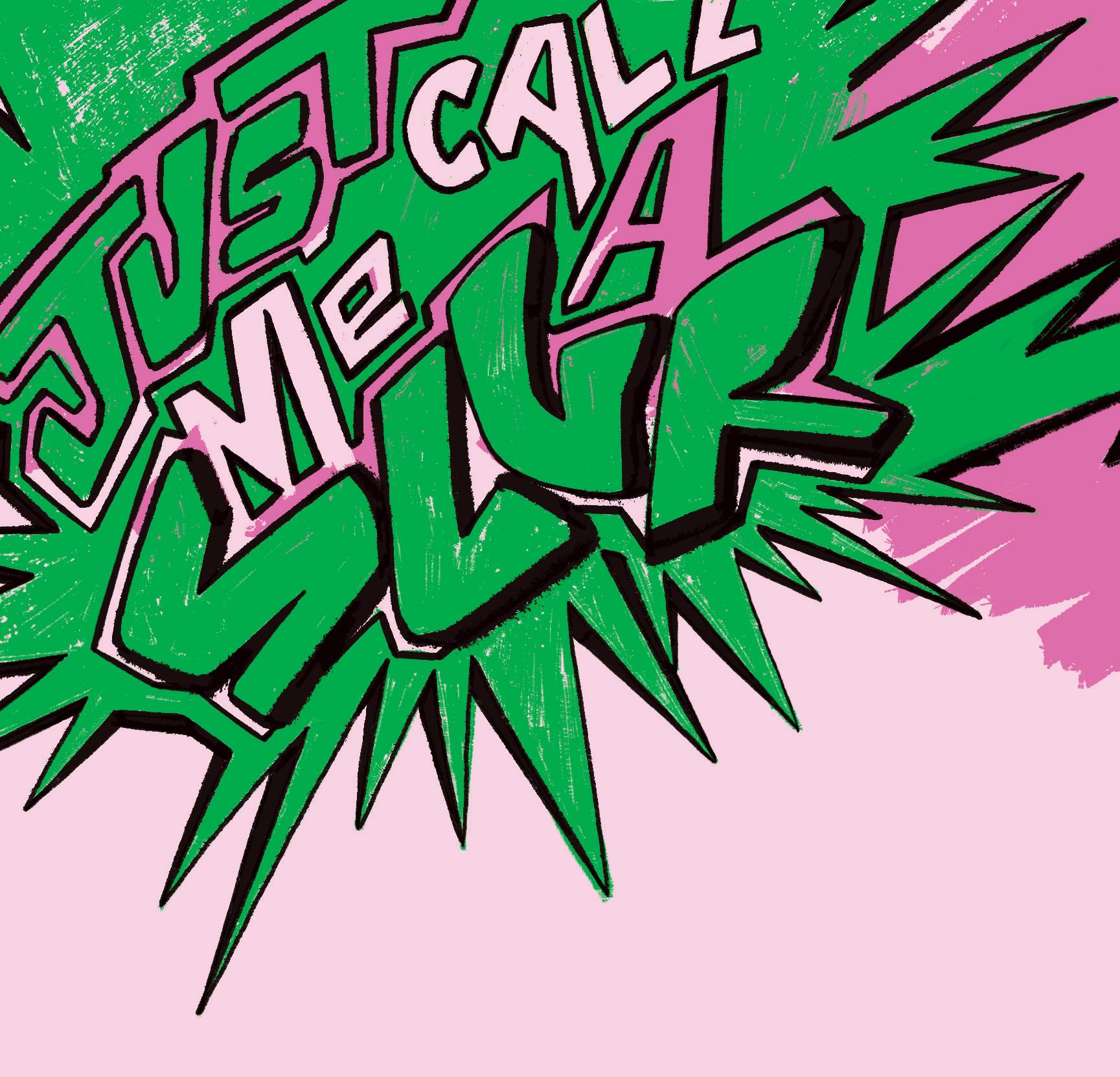
Content warning: This article discusses queerphobia, including slur calling, microaggressions, and misgendering. If you’re not in a headspace to read this, that’s fine! Read some of the other great articles this week, we understand :)
Just about every queer person will have this experience: you’re walking down the street, when suddenly a guy leans out of a car squealing past and yells, “Faggot!” His mates laugh from the backseat. You scoff, roll your eyes, and watch the car speed away.
Just about every single queer person will also have this experience: you’re sitting with a group of friends. Everyone is chatting, having a good time – until someone makes a certain comment that makes you frown. Maybe it’s, “Okay but lesbian sex isn’t really sex is it?” Maybe you overhear someone telling a story about you: “God yeah, it was so funny when he – fuck, sorry I meant she – fuck, I’m so sorry, I don’t know what is wrong with me tonight.” Maybe your mate mentions enjoying a stereotypically girly TV show. “What, are you gay or something?” another friend replies, in a jokey tone. You laugh in the moment, and the conversation speeds past before you can even register how you feel. But something lingers.
No one wants to be seen as queerphobic – especially not in modern day Dunedin. The University prides itself on
an inclusive image, sporting that Rainbow Tick certification. Gone are the days where you can beat up a gay person with little-to-no repercussions, or use “gay” as a synonym for bad. And while this is obvious, absolutely incredible progress, the wound of queerphobia, though healing, remains open.
Queerphobia has increasingly taken the form of unintentional microaggressions, even (and often) from members of our own communities, including friends and whānau. Since these kinds of comments are by definition ostensibly small or innocuous, it’s more difficult to call them out compared to explicit bigotry. Microaggressions are a sort of Bigotry Lite – difficult to register and easily dismissed. This leaves queer people caught in a double bind, having to put their own feelings of devaluation aside at the risk of offending others. Even if I, a queer person, am hurt by the ignorant comments, I have to worry about the potential fuss I create by bringing them up, knowing that my accusation of queerphobia will be taken as a personal attack.
Nico is a second-year Arts student whose girlfriend Eevee is a trans woman. Recently, his flatmate started making uncomfortable comments about Eevee. The flatmate expressed discomfort at her presence because she’s trans, saying, “I'm glad I have a lock on my door.” This response to trans women is disgusting. It implies that there is some inherent danger in having a trans woman present in the flat. Eevee says that the flatmate made no attempt to actually know her as a person: “It was just this interpretation that because I was trans, I'm essentially a predator.”
Despite the comment, the flatmate in question is a member of the queer community and “would definitely classify herself as someone who doesn't consider herself transphobic,” according to Nico. He says that the flatmate's identity as a queer person made it difficult to confront her since Nico knew it would be taken personally, and therefore “not
ByMontyO’Rielly IllustratedbyEvieNoad
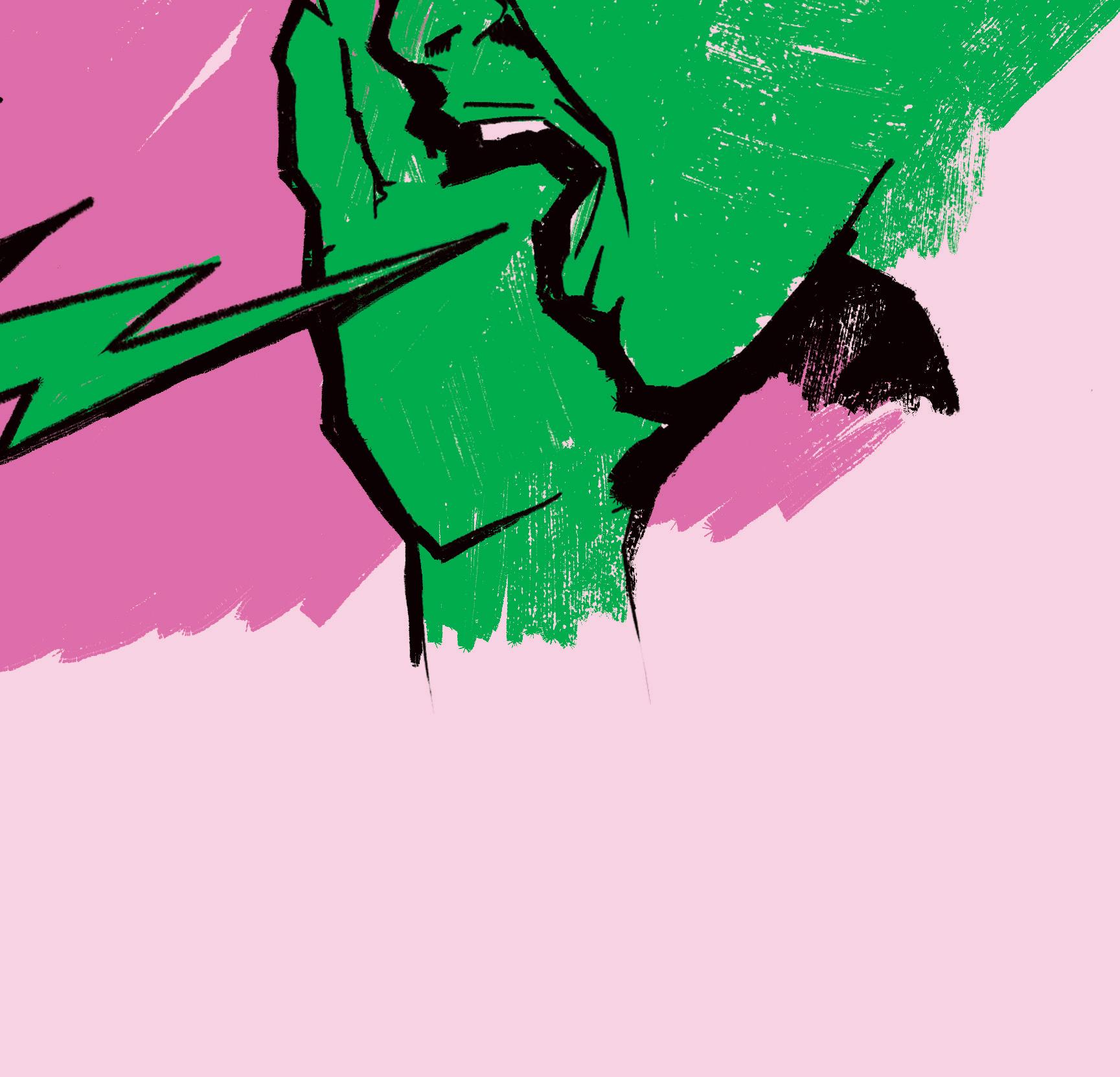
worth the hassle.” The comments got so bad that Nico has essentially moved out of his flat.
Although Nico and Eevee’s experience is more extreme, every queer person I spoke to was able to share a similar story. Whether it’s misgendering, people making fun of a different sexual minority in front of you, someone doubting your gender identity because you don’t dress in line with their expectations; these small comments all have the ability to get under your skin and fester.
Bigotry doesn’t always take an explicit form, especially not in today’s climate of political correctness. But when these comments are made by someone you care about – someone you trusted to do better – sometimes, the betrayal hurts more than a slur ever could. When the person in a car yells a slur at you, there is a certain comfort in the fact that the car is driving away – that you will likely never see them again. “It’s less of a personal attack because they don't know what they're saying to you,” says Nico. “I’ve been called so many different things from cars.” In contrast to the impersonality of being called a slur by a stranger, comments from people you trust cut deeper and, unlike when the car drives away, in a way you cannot escape.
To a lesbian, a comment of lesbian sex not being “real sex” comes across as you not taking their relationship as seriously as you would a straight relationship. Repeatedly misgendering your friend after they transition reads as you not actually respecting their identity – that you still see them as their old self, even if you claim otherwise.
Someone is able to fully recognise how horrible being called slurs is, and then turn around and make a comment that is less explicitly bigoted, but equally hurtful in its own unique capacity. The experience can be worsened when said by someone who you know will take being called out on this as a personal attack. This stems from good intentions: it’s great that people don’t want to be bigoted! But that doesn’t exonerate you from harmful behaviour. Even actions that read as allyship can be harmful to queer people.
In my own life as a trans masculine person, people misgendering me is a regular part of my existence. Almost
everyone in my life has misgendered me at some point, in some way. Sometimes, when people either catch themselves or I call them out, an onslaught of apologies begin: “I’m so so sorry, oh my god I am so sorry.” The person who messed up is desperate to prove to me that they don’t view me as a woman, they promise they don’t. In this overdramatic display, however, all of the responsibility has been placed on me. I am the one who must forgive you, often in front of people. I need to alleviate your guilt in order for the conversation to continue, rather than you needing to change your behaviour. But what about the guilt I feel when I let it slide?
Dynamics like these create an environment where calling people out for microaggressions becomes more trouble than it is really worth, leaving the victim to saddle the comments rather than the perpetrator to confront their actions. If I don’t forgive the person who is apologising again and again for misgendering me, our conversation has come to an awkward stalemate, and I risk hurting their feelings. It’s a false doublesided narrative, in which your fear of being seen as bigoted overrides any actual bigotry you express.
In a weird way, the added risk of causing “drama” by hurting someone’s feelings almost makes the slur-calling seem appealing. Like I said, as the car drives away, I know I will never see it again. If someone in my life makes repeated, small comments, I have to face them day after day. For me, and I know for others, it creates a twisted desire; a desire for them to be more explicit in their bigotry. “Just call me a slur!” I internally beg. “I know you’re thinking it anyway!” If they were just outright with it, it would create a situation where it was more socially acceptable for me to call them out, and for me to dismiss their opinion as not worth my time. Instead, queer people are the ones who carry the weight with us.
This isn’t to say that every person who unintentionally misgenders someone or makes a queer person uncomfortable is some horrible bigot. Far from it. The world is shifting, and what is the “norm” is shifting with it. But for all of you allies sitting at home, don’t think you are excused from bigotry because of good intentions. Listen to your queer friends when they tell you that your words hurt them, because we don’t mean it personally. We just need you to do better.
The pop girlies are here, they’re queer, and they’re changing the game for an generationentire
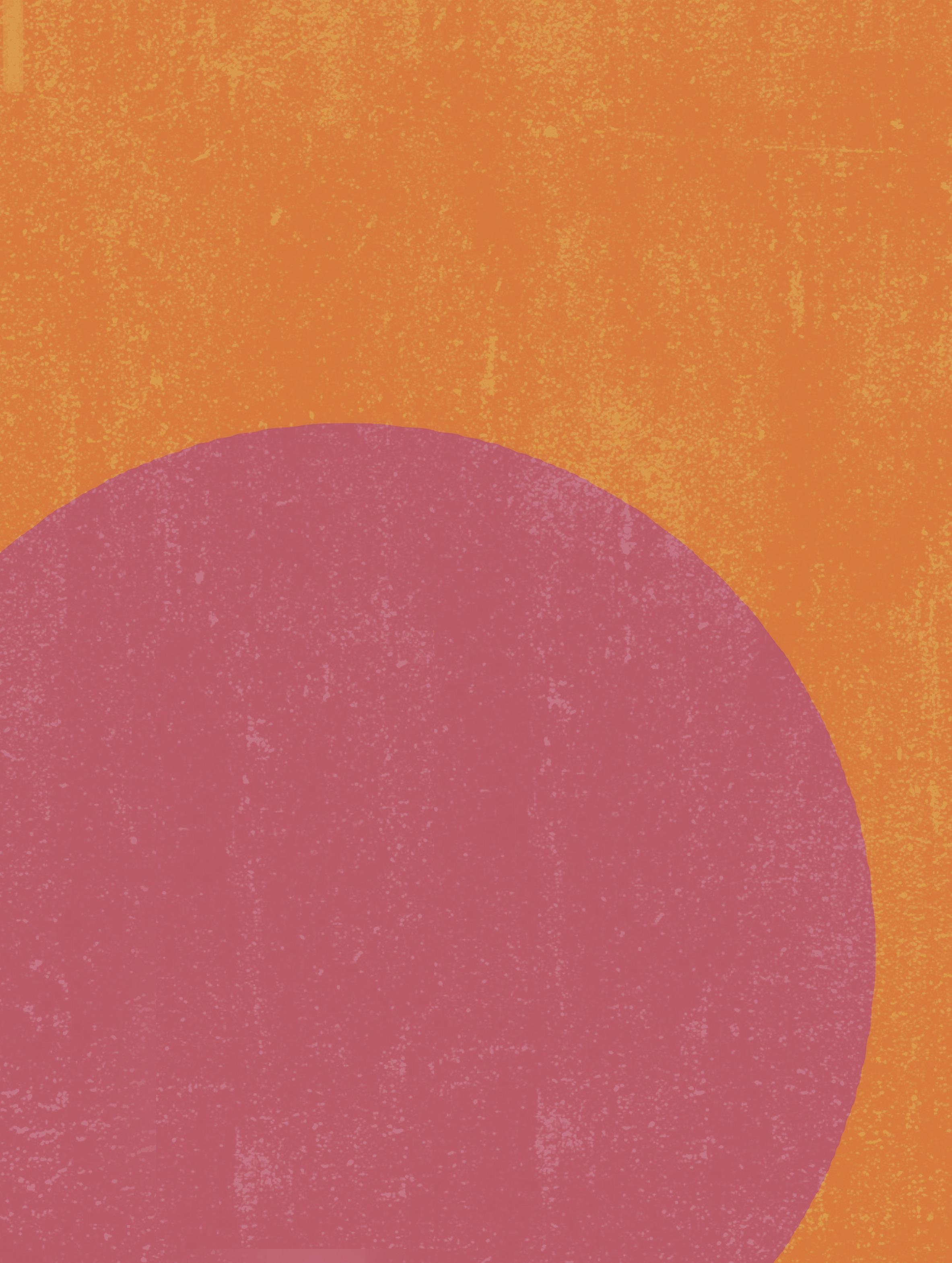


Chappell Roan, lesbian icon and pop’s newest darling, said in a recent The Jimmy Fallon show appearance that the inspiration The Rise and Fall of a Midwest Princess (coincidentally the inspiration of our cover) was that “I just wanted to make something I could party to, and other people could party to [...] It was so boring performing sad songs.” Her answer perfectly encapsulates a recent shift of a tectonic scale in the music scene towards fun, upbeat, queer pop. For generations of queer women wanting to have their experiences celebrated, rather than lamented, this change has been a long time coming.
The landscape of sapphic music did not always look this bright. Just a decade ago, coming to terms with your sexuality through music often meant actively seeking out standalone “gay” songs in a playlist compilation made by a fellow chronically online queer – if you were lucky. The few explicitly gay artists that did exist, such as the lavishly titled ‘Lesbian Jesus’ Hayley Kiyoko, struggled to break into the mainstream, maintaining devoted, yet small, online fan bases. I still live in hope that Kiyoko makes it to New Zealand one
The messages of the songs, too, looked quite different from what they do now. Sapphic tunes of the noughties and 2010s commonly had themes of yearning, unrequited love on a straight best friend, and struggling with self-acceptance. Think ‘Boyfriend’ by Tegan and Sara, ‘Sleepover’ by Kiyoko, ‘Talia’ by King Princess. To young, emotionally vulnerable, queer and questioning women, whilst these ballads could provide a sense of community, they also implicitly reinforced a narrative of what it meant to be sapphic; an existence filled with loneliness, singledom, and, yes, more yearning. We don’t just want to hear sad stories, you know.
Alongside these sombre ballads were their “party” counterparts; songs treating sapphic connection as something frivolous, for male attention, or only acceptable when drunk. The chorus of ‘I Kissed a Girl’ may be fun to sing along to, but its male-centric message is hardly one to celebrate. That’s why the rise of fun, queer pop this past year – made by women, for women – has been celebrated so joyously. When Chappell Roan belts and dances out her queer desires on ‘Hot to Go!’ and Renee Rapp requests an amen for “gay girls” in ‘Not My Fault,’ they contribute to a new narrative of what it means to be queer – in charge of your sexuality, fulfilled, and unapologetically visible on the stage in your heels.
The explicitness of these lyrics is an explosive change to the queer pop landscape. Past descriptions of sapphic love tended to be shrouded in allusions of softness; a coy reference to a “sleepover” here, a cherry metaphor there. While these lyrics undeniably have their place within queer music, they can suggest that sapphic love (particularly desire) is something vague, best left behind closed doors, and not to be discussed loudly.
It’s refreshing in this new wave of music to hear the quiet part said out loud. Chappell wooing a lover back to her bed with promises of a rabbit vibrator and Hitachi wand in ‘Red Wine Supernova’ are things that lesbian music ten years ago could only dream of. Shit, for a while Amy Winehouse’s cover of ‘Valerie’ was one of the top ‘lesbian’ (or near enough) songs. Billie Eilish requesting a woman to sit on her face in the criminally infectious ‘Lunch’ speaks to a lot of us. That shit is addicting and deserves to be sung out loud.
Similarly, queer concepts are finally getting their moment in the sun. In the same Fallon appearance where Chappell explained her album, she performed ‘Good Luck Babe!’ –a song that unapologetically discusses the concept of compulsory heterosexuality (CompHet for short.) For the allies in the audience, CompHet is broadly the idea that queer women are often forced by a patriarchal society into heterosexual relationships or mindsets in lieu of their truer, queer identities. Basically, there’s a cultural expectation to be straight: “You can kiss a hundred boys in bars.”
While CompHet is a well-known term within online, queer circles (and something that most sapphics have probably grappled with at one point) Chappell introducing it to the mainstream is groundbreaking: “When you wake up next
to him in the middle of the night, with your head in your hands, you’re nothing more than his wife.” Despite being out of the closet for eight years now, for the first time I managed to have a conversation about CompHet with my parents, spurred on after showing them Chappell’s song.
What it means to be a woman in music has shifted alongside the rise of gay pop. Comparisons to other women and ‘catfights’ have historically peppered nearly every pop girls’ career. Think Katy Perry vs. Taylor Swift; Lady Gaga vs. Madonna; Charli xcx vs. Lorde. If this wave of pop is anything to go by, that narrative is changing. Sabrina Carpenter, whose rise to pop stardom has been running tangentially with Chappell Roan’s, has been suggested as a tentative candidate of the next pop girl feud. Her soulful cover of ‘Good Luck Babe!’ on BBC Radio 1 put this sentiment to bed immediately.
Optimistic fans speculate this might mean a collab between the two on Sabrina’s upcoming album Short n’ Sweet. At the very least, her cover is a loud display of allyship, support, and respect between the two stars. Chappell’s own commitment to featuring drag queens and motifs within her shows – and honouring the drag art form as a whole – is another example of this community building across intersections of identity. But perhaps the most striking example of laying pop feuds to rest has been Lorde’s emergence from a gap in her music to feature on Charli xcx’s track ‘girl, so confusing’ off the critically acclaimed brat. Yes, I’m going to talk about that green album. It’s widespread, it’s everywhere, it’s so Julia.
Charli (long-time favourite of the girls and the gays) has maintained a steady place in the background of pop music for the past decade or so. Her experimental, industrial style has always been ahead of the game. Though straights may only know her from ‘Boom Clap’ and the bridge of ‘Fancy’, Charli xcx finally getting her flowers with brat (Metacritic’s highest rated album of 2024) is yet more evidence of the shift in pop towards music by and for queer people.
Still, Charli’s place within the pop background has invited comparison to other “alternative” pop girls – particularly New Zealand’s own Lorde. The two artists have long been pitted against each other based on shallow similarities, such as the “same hair” that ‘girl, so confusing’ touches on, or the longrunning gag to ask Charli about her hit song ‘Royals’. These jokes might seem light-hearted, but the Lorde feature unapologetically discusses how these comparisons negatively affect each woman. Envy blinded them to the reality of each being girls in the pop game: “Forgot that inside that icon, there’s still a young girl from Essex.” It is the audio equivalent of two women clearing the air over text (this is also literally how Lorde sent the lyrics of her verse to Charli). The climax of ‘girl, so confusing’ includes the line, “It’s you and me on the coin the industry loves to spend, and when we put this to bed the internet will go crazy” – which indeed it did.
The remix is a watershed moment for pop music. It suggests that the days of girl vs. girl pop feuds may be on the way out. Women are reclaiming their narratives within the music industry and loudly proclaiming support for other women. If 2024 is anything to go by, the future of pop music looks bright. The revitalisation of the genre tells us that being a woman can mean being messy, being sexual, and being brash. Charli xcx’s brat girl summer champions being unapologetically yourself; complex, confused, yet hot. It also means being for the girls.
This pop environment is even more exciting for queer women. Being born in this generation has its blessings, despite what the common sentiment of pining after earlier decades suggests. This past June has been one of the best Pride months ever for many sapphics, based on the inundation of bold, optimistic, queer music – and Billie Eilish’s ‘Guess’ feature line “Charli likes boys, but she knows I’d hit it,” which is the kind of sapphic confidence I aspire to carry with me everyday. Songs about sapphic love are no longer fixtures of the background, shut out of the mainstream. Being an out-and-proud lesbian musician pays off (Chappell’s “overnight” success is actually a result of almost ten years of work in the music industry). Gay artists and their art can fill stadiums and get everyone dancing along. It is fun, freeing, and in your face. And we’re all ready to dive in.


The gym used to fucking terrify me as a gender non-conforming AFAB (assigned female at birth) and proudly masc lesbian. The weights room is every aspect of heteronormative, patriarchal society funnelled into one space: sweaty men, an open space where you can be perceived from every angle, and even more
This probably explains why it took me four years at Otago to work up the courage to finally enter Unipol and get my swole on. And it turned out to be one of the best decisions of my life. Regular physical activity helps me fill out clothes in a way I prefer, feel more at home in my skin, and (adamantly-againstexercise 14-year-old me would hate hearing this) has improved my mental health significantly.
But it wasn’t easy to get to this point. Unwilling to try a personal trainer for fear of them not understanding my queer perspective, I started out DROWNED in information from r/fitness and flailed around, figuring out what to do myself, for a good couple of months. I’m willing to bet there are some transmascs, enbys, and gender non-conformists like me out there that have at some point considered going to the gym to get that sweet rush of euphoria, but felt equally put off by how inaccessible the entire space feels.
Consider me your big, queer gym guide! Below is a guide giving you the basic facts to build a routine that works for you, helping you to become the swollest, gayest version of yourself possible. Every exercise listed can be carried out in the “light weights” room within Unipol. I totally get that the actual weights room is intense and therefore daunting to any gym newbie, especially for those of us who are not cishet, so I’ve tried my best to help you out there. Unipol also offers a new “low sensory” space on their mezzanine floor which can be a great place to start and build up confidence with lighter weights.
Big Disclaimer: I am not a personal trainer. All advice is based on personal experience. My friends tell me that I never stop yapping about 1) the gym, and 2) being gay as hell, so I like to think I know what I’m talking about at least a little bit. It’s also been fact-checked by Unipol staff. Unipol offers sessions with trainers for $22, many who have worked with rainbow clients before.
THE “SPLIT”
No, it's not a dance move. It’s not even a banana dessert. When gym bros say “split” what they mean is how your workout is structured, day to day. In other words, on what day you work which body part, and how those workouts themselves are formatted. One of the most popular – and the one I will be recommending here – is the PPL or “PushPull-Legs” split.
The split is three days long and, you guessed it, works either your pushing, pulling, or leg muscles on a given day. This way you can get a comprehensive, full-body workout within three days, or six days if you train it twice a week for max swoleness. Newbies: I recommend you start at one PPL cycle a week, until you’ve built a habit. Make sure to take at least one rest day a week if you do opt for the double PPL cycle. She’s straightforward, backed by science, and my personal favourite.
Before we get into the layout of the PPL split, two terms are important here: sets and reps, the bread and butter of setting up a good workout. Sets refer to one round of a specific exercise. Reps refer to how many repetitions of the exercise you complete in a set. For example, if a split calls for “3 x 6-10 Chest Presses”, what it’s asking you to do is 3 sets of between 6 and 10 reps of chest presses. So in practice, you would do between 6 and 10 chest presses in a row (1 set of 6-10 reps) and then rest for a minute or so to regain your energy, before repeating another 6-10 presses, and then repeating this again. This way, you have completed 3 “sets” of 6-10 “reps” of chest presses before moving on to the next exercise.
I’m specifically not mentioning how heavy your weights should be because it varies greatly from person to person. Instead, my advice is start from the bottom and work your way up. Grab a weight (literally start with the 1kg dumbbells or lightest weight on the machine) and test how many reps you can do for a certain exercise. If you can reach the recommended number of reps for that exercise, congrats: you’re at the right weight! If you can easily do more reps than recommended, try moving up a weight until you hit the sweet spot.
How heavy you lift for each exercise will depend on the muscle you’re working – each with a different size and strength. You’ll have to work this out for each exercise – use your notes app to keep track of this. You’ll know you’re ready to move up a weight when you can easily hit the recommended number of reps for the exercise. Try chucking in an extra set at the current weight when this happens, and then try moving up a weight during your next workout back at the normal number of sets.
While I’d love to talk through the correct form of each exercise I list, that would take up a massive chunk of Critic and I’m trying to be concise. Instead, I’m simply going to name the exercises I recommend each day and trust you to hop onto YouTube to watch the correct form in action. Don’t be embarrassed, I spent the first two months of my gym journey sitting on the machines I was about to use with a YouTube Short tutorial playing on my phone. There is an abundance of information out there – simply type “[exercise name] form” and you’ll quickly learn the correct technique. Please invest time in this. Lifting a lighter weight with good form throughout will save you a bunch of injuries down the line.
For the love of God, warm up before you lift! Don’t go in there and raw dog it. My sole gym regret is refusing to properly warm up and instead rushing to lift the heaviest weight I could at the time, like I was Ōtepoti’s own Ms Trunchball. My right shoulder has consistently given me trouble for the past two years because of this, and rehabbing it is a slow, draining process. Start with some light cardio for five minutes or general stretches before you lift –focusing on the parts of your body you’ll be working.
You should also always do one “warm-up” set before each exercise, on top of the sets listed. Use a light weight for this one (around 50-70% of the weight you’d normally lift for the rest of your sets) to get your muscles ready and primed for the heavier weight. For example, if you normally lateral raise 4kgs on your sets, start with one warm up set at 2kgs and do about 12-20 reps. Then move onto your 3 “working” sets with 4kgs as listed.
Genderqueer Safety Warning: If you wear a binder, do not lift in it! It can seriously mess up your ribs. I know it sucks to hear and is in no way ideal, but your health is the priority here. Instead, try the classic combo of a well-fitting sports bra and oversized hoodie. Your breathing will thank you in the long term.
Push day trains the muscles in your upper body responsible for pushing – namely your chest, shoulders, and triceps. Building bigger shoulders can help take emphasis away from your hips and waist, which creates a more masculine physique and can help alleviate dysphoria in these areas. Building a bigger chest may sound like a nightmare to us genderqueers, but putting on chest muscle can actually help reduce the appearance of other – ahem – *features* in this area. Finally, triceps make up about two-thirds of your arm, so building these is crucial to achieving your dream guns. It’s an all-around win. Let’s get into it.
3 x 6-10 Chest Press (works chest) = Use either dumbbells and a bench (if one is free), or the chest press machine. Don’t go stupidly heavy on these lifts – you can seriously hurt your shoulders.
3 x 8-12 Chest Fly (works chest) = The light weights room has a nice fly machine (called a pec deck). This is the exercise that mimics giving a hug and trains your chest muscles in a second way that complements the chest press.
3 x 8-12 Shoulder Press (works shoulders) = Again, I recommend the shoulder press machine in UniPol as it really makes your shoulder muscles work. Push through and press up – feel those deltoids burn!
3 x 12-20 Lateral Raise (works shoulders) = Use dumbbells for this one. Prepare to be humbled, these never get easier.
3 x 10-14 Tricep Pushdown (works triceps) = My favourite thing about Unipol is their tricep pushdown machine. Grab it while you can. Ensure you keep the backs of your arms planted on the armrest throughout the lift.
3 x 10-14 Tricep Overhead Extension (works triceps) = The only time during push day you’ll need the cable machine. Grab the rope attachment, set the cable to about pelvis height, stand facing away from the machine and push the rope up above your head. These are also humbling.
You guessed it – just as push day trains your pushing muscles, pull day trains the pulling muscles of your upper body. This broadly refers to your back and biceps. A bigger, stronger back also aids in creating a more masculine silhouette and can help fix your posture (let’s be real: to be genderqueer is to slouch). When it comes to arms, bicep gains are just fun to flex. Pull day is my personal favourite of the lot and helps me feel particularly in tune with my body. I hope you like it, too.
3 x 8-14 Lat Pulldown (works mid-lower back) = The light weights room has a few lat pulldown machines. I prefer the cable one right at the entrance. Remember to lean slightly back and drive down with your elbows.
3 x 8-14 Seated Row (works mid-lower back) = The peanut butter to the lat pulldown’s jelly, these two exercises together really work your back well. Use one of the machines available and focus on getting a deep stretch each rep.
3 x 12-20 Rear Delt Fly (works rear of shoulders) = Unipol only has one rear delt fly machine in the light weights room, so grab it while you can. At the start, this feels a lot like you’re a bird attempting to flap its wings but stick with it. Focus on getting the full range of motion and bringing your arms back as far as you comfortably can.
3 x 12-20 Shrugs (works upper back) = Shrugs help build your traps – a key muscle for a more masculine physique. Use either dumbbells in each hand, or grab one of the bars in both. You can go quite heavy on these as the range of motion in the exercise is short. Shrug your shoulders like the angsty, indifferent queer you are.
3 x 10-12 Bicep Curl (works biceps) = I prefer to use a bar, but some use dumbbells if their wrists hurt. We all know what a bicep curl looks like. Pay tribute to Olivia Newton John with your best rendition of the ‘Physical’ music video. Try not to swing while you curl; keep it controlled.
3 x 10-15 Hammer Curl (works biceps) = Like a bicep curl, but you hold the dumbbell sideways like you’re holding a hammer. Changing your grip in this way helps work the second head of the bicep muscle and ensures a wellrounded arm. You can do either curl variation standing or seated, but with the amount of benches in the light weights room you’ll probably end up standing, so brace that core.
After spending two days training your upper body, everything waist down is trained on leg day. This generally is going to be the day you can move the most weight as your legs have lots of
muscles in them, including your quads, hamstrings, and calves. We’ll be prioritising quads here – helping give you that thicc boi look. Be warned though: the leg soreness (called DOMS in the fitness world) the next day can be a killer. Prepare to be bedridden on your rest day.
3 x 8-12 Leg Press (works all around legs) = Use either of the leg press machines in Unipol. I prefer the one where the seat is stationary and you push the platform away from you, but this is all personal preference.
3 x 12-15 Leg Extension (works quads) = My favourite leg day exercise and a really nice machine. Concentrate on getting complete reps in here and bringing your legs up slowly and fully.
3 x 12-15 Leg Curls (works hamstrings) = My least favourite leg day exercise and a not so nice machine. The Unipol machine requires you to lie down prone which feels pretty vulnerable the first time you try it, but this quickly subsides. Curl your legs all the way back until the leg rest hits your butt. It’s the gym equivalent of backshots.
3 x 8-12 Hip Adductor (works inside of quads) = This one feels like you’re training to crush watermelons with your thighs. Jump on the adductor machine and make sure you’re pushing inwards, otherwise you’ve made the mistake of hopping on the hip ABductor machine instead (trust me, we’ve all done it).
3 x 15-20 Calf Raises (works calves) = Use either the machine or hold dumbbells in your hands with your heels hanging off the edge of a platform. Focus on getting the full rep up and down.
You may have noticed that within the PPL split there are no exercises that specifically target the abdominal area. This is intentional. The function of your abs is to keep your core stable and steady as you move, so they are indirectly worked throughout a bunch of lifts. For me, abs are the cherry on top of the cake that is working out; adding them can’t hurt, but it's also not super necessary.
2-3 x 15 Cable Crunches = Unipol has a kicking ab machine. It's the one where you crunch yourself up like a bug. If you feel motivated, chuck a couple of sets of these in at the end of one of your PPL days (I generally do these at the end of leg day, but it’s up to you).
That brings me to cardio. Ahhh cardio, I love to hate you. Why must you be so important to overall health? Seriously though, try not to skip cardio. Even ten minutes of walking on one of the Unipol treadmills at the end of a gym sesh can help tremendously towards your fitness goals. Elevate that heart rate a little, I believe in you!
I get it. Going to the gym three days a week in a row can be pretty unrealistic, especially when you factor in studying, working, or just not being in the headspace to go. Life can be like that, I’m not judging. That’s why I’ve also included a one day split that pretty much trains the whole body in one session. Think of it as the TL;DR of the PPL split, taking all the best bits of each day and compiling it into one. Remember to finish with some cardio!
I’ve used this one before when I haven’t had the time for a full PPL cycle. The reality is that, if you are capable, any movement is better than none at all. If you use this workout once, that’s a win in my book, and it should be one in yours.
3 x 6-10 Chest Press (works chest)
3 x 12-20 Lateral Raise (works shoulders)
3 x 8-14 Lat Pulldown (works back)
3 x 10-14 Tricep Pushdown (works triceps)
3 x 10-12 Bicep Curl (works biceps)
3 x 8-12 Leg Press (works all around leg)
3 x 12-15 Leg Extension (works quads)
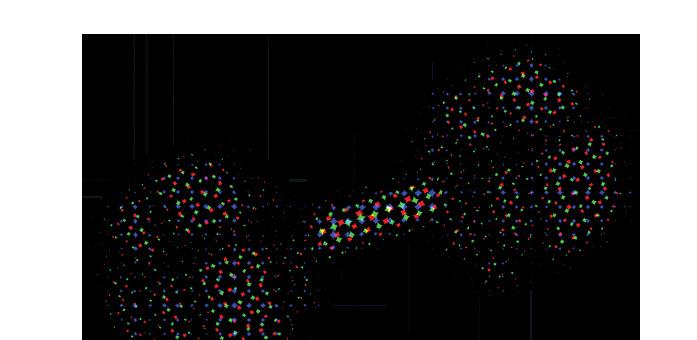

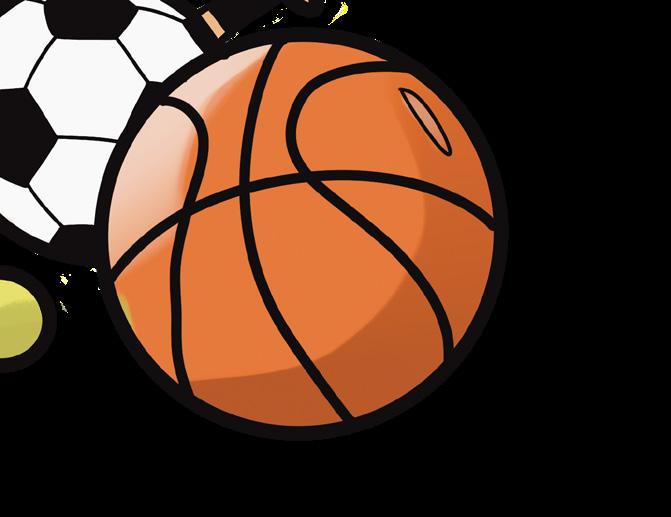
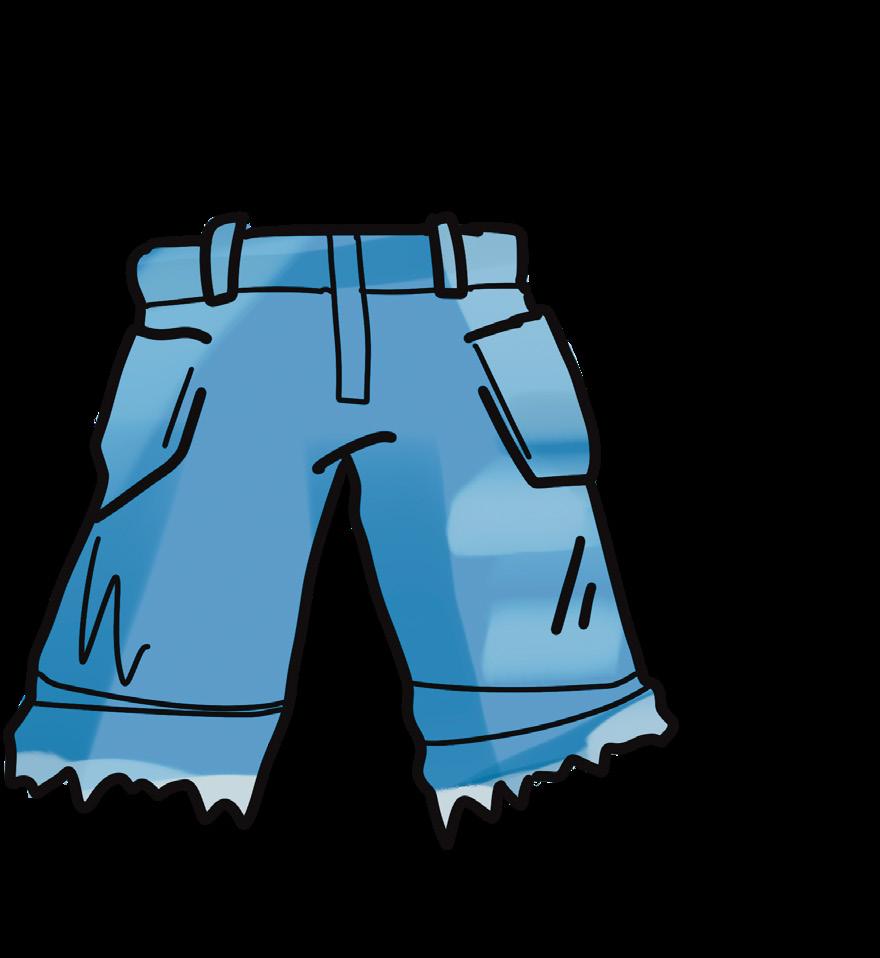
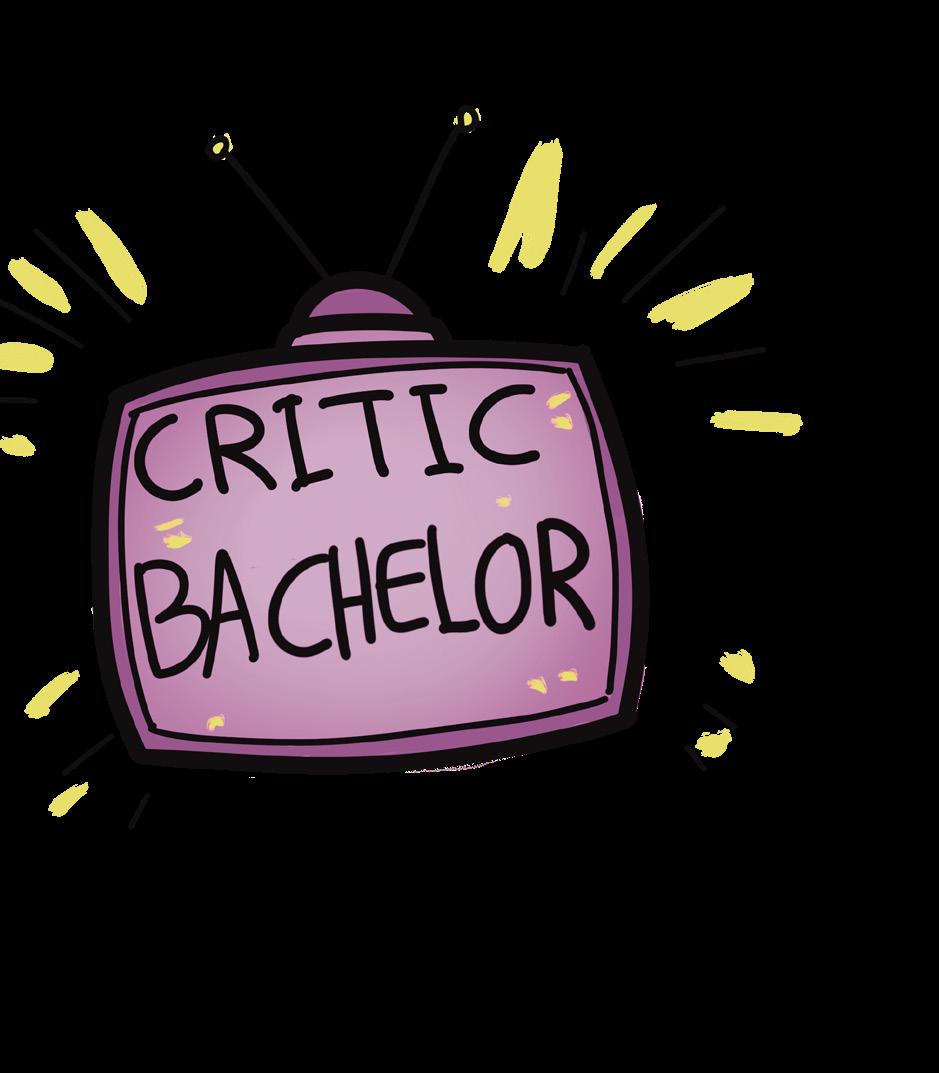
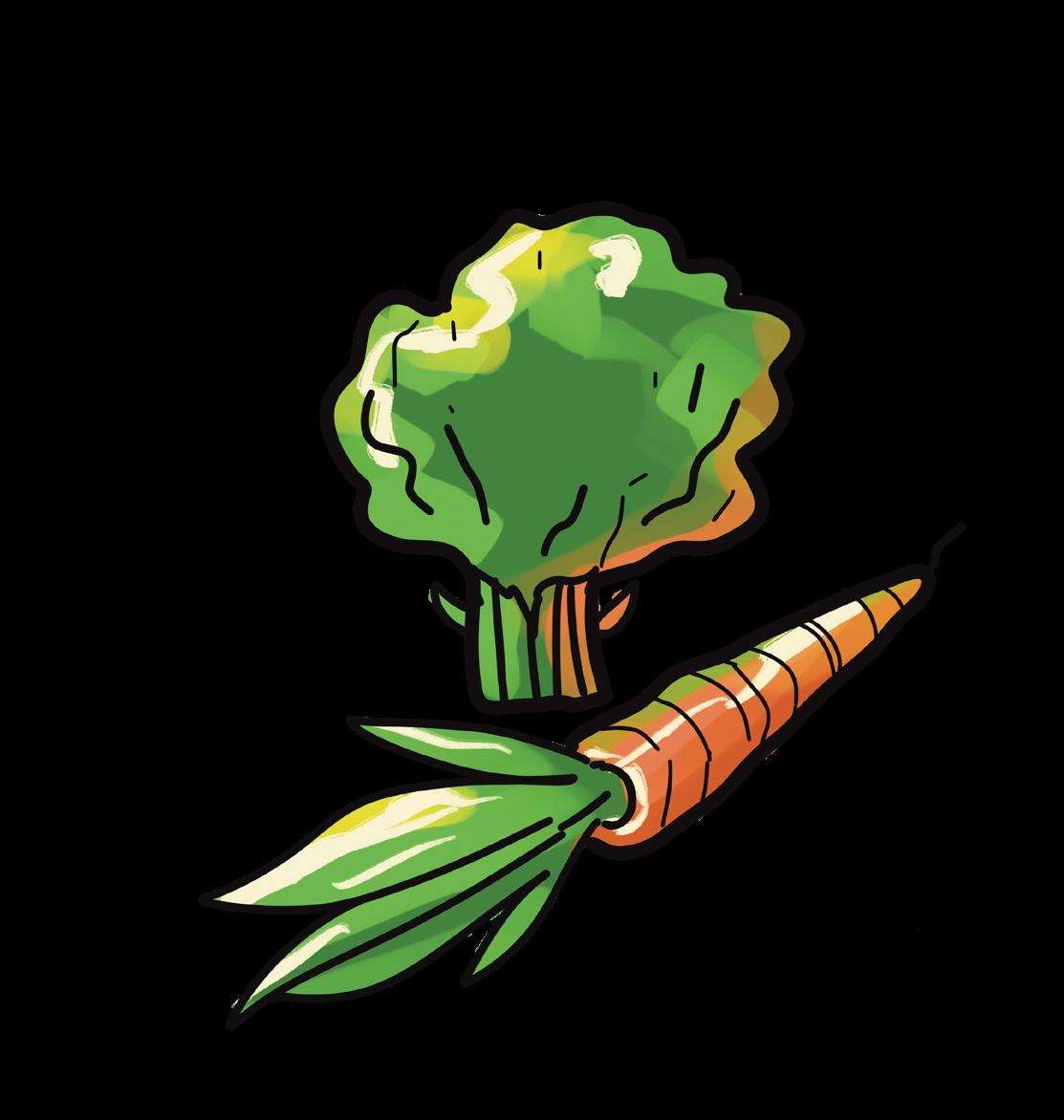


Grab your carabiners and flex those limp wrists! In honour of the Queer Issue, Critic Te Ārohi can look through its crystal ball and determine which mish-mash of gay stereotypes you are.

For each question you’ll get a stereotype. Put it together at the end to get your
It’s home time. What’s the go for a cheeky feed?
A Maccas-kiosk-curated feast
a) Speight’s Summit Ultras – trying to appear straight for the bros
b) Gin and Tonics – classy, but also giving wanker
c) Cleanskin Sav – won’t be remembering the night ahead
d) Hyoketsu – embracing the basic in you tonight
e) A vodka-cran pre-mix with a disturbing vodka to cran ratio –emotional prep for all the freshers you’ll encounter in town
Q2: You spot a hottie at a flat party, but you’re pretty sure they’re mates with your ex. What’s the game plan?
a) Abort mission! Dunedin’s already small enough
b) Gaslight yourself into thinking they don’t like your ex either c) Own the past relationship and show you’re cooler (and hotter?)
d) Go for it and cross your fingers they haven’t talked shit about you
e) Recruit a friend/wingman to gauge the vibes first
Q3: You’ve just been put on aux, what song are you queuing first?
a) ‘Club Classics’ – Charli XCX
b) ‘Good Luck Babe!’ – Chappell Roan
c) ‘Karma’ – JoJo Siwa
d) ‘Baddadan’ – Chase & Status
e) ‘Mr Brightside’ – The Killers

b) A Night n’ Day hot dog with an unlawful amount of tomato sauce
c) Meat on chips (even though you’re ‘vegetarian’)
d) Whatever leftovers you’ve scoured from the fridge at home
e) Wait until the morning to UberEats a hungover feed (for an extortionate price)
Q5: It’s the morning after. What thought is running through your head?
a) Didn’t feel drunk enough, yet feel like shit
b) I’m getting too old for this
c) The hangxiety has never been worse
d) I met the love of my life last night
e) I have new ops to avoid on campus
Based on your answer to each question, chuck your answers together to see your own combination. Critic takes no responsibility for the stereotypes (especially if they apply to you).
1) …wearing 2) …loving 3) bad at… 4) Adjective 5) Noun a) Jorts a) Frog a) Sports a) Subarudriving a) U-Haul Lesbian b) Carabiner b) Tiny tattoo b) Maths b) Limp wristhaving b) Fast
c) Mesh top c) Reality TV c) Driving c) Vegetarian c) Bisexual slut d) Doc marten d) Greek mythology d) Committed relationships d) Botany/ Zoology majoring d) Diva
Halfbuttoned shirt
Madonna
Not getting crushes on their friends
Twink handler-having
Theatre kid
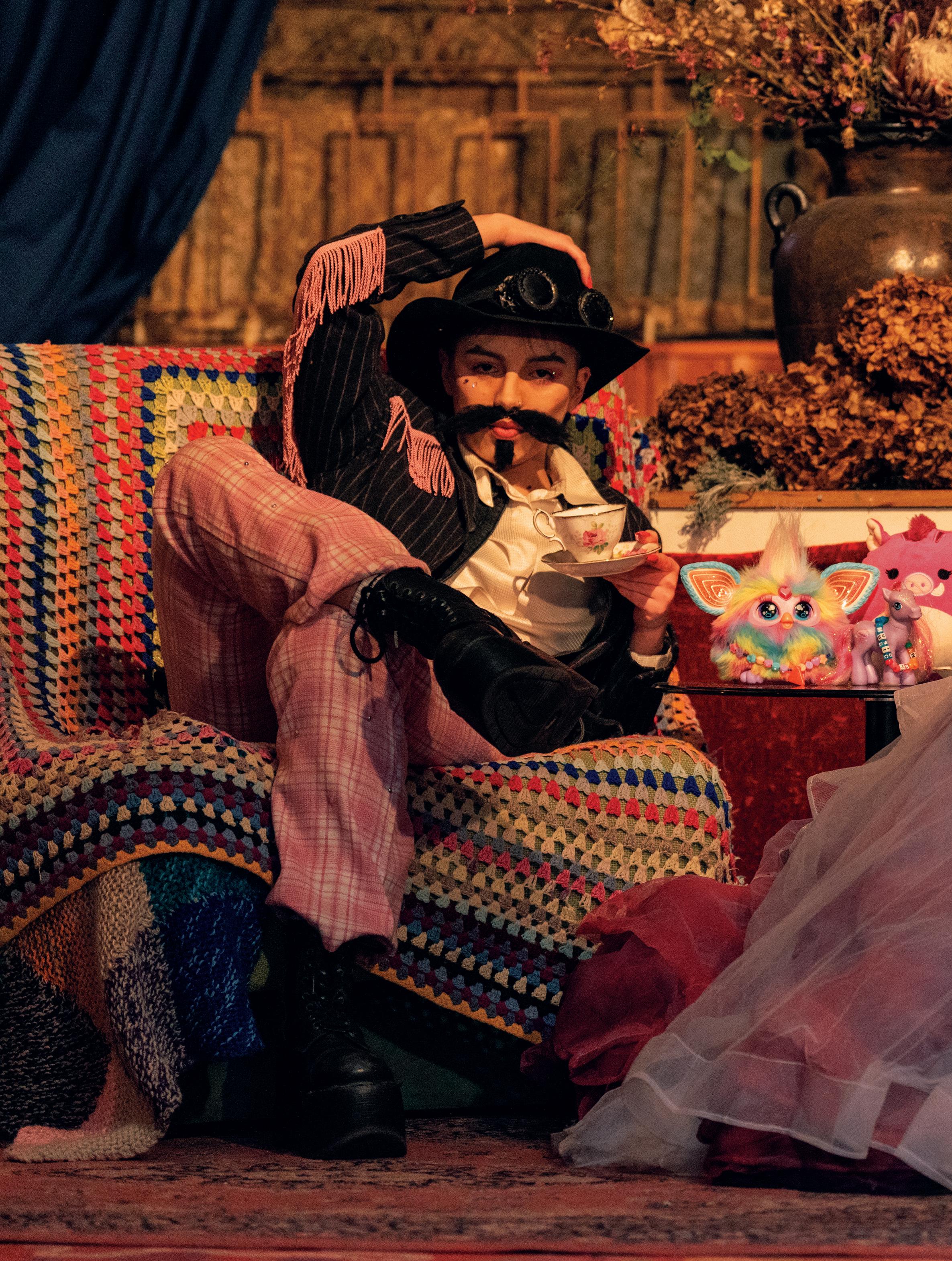
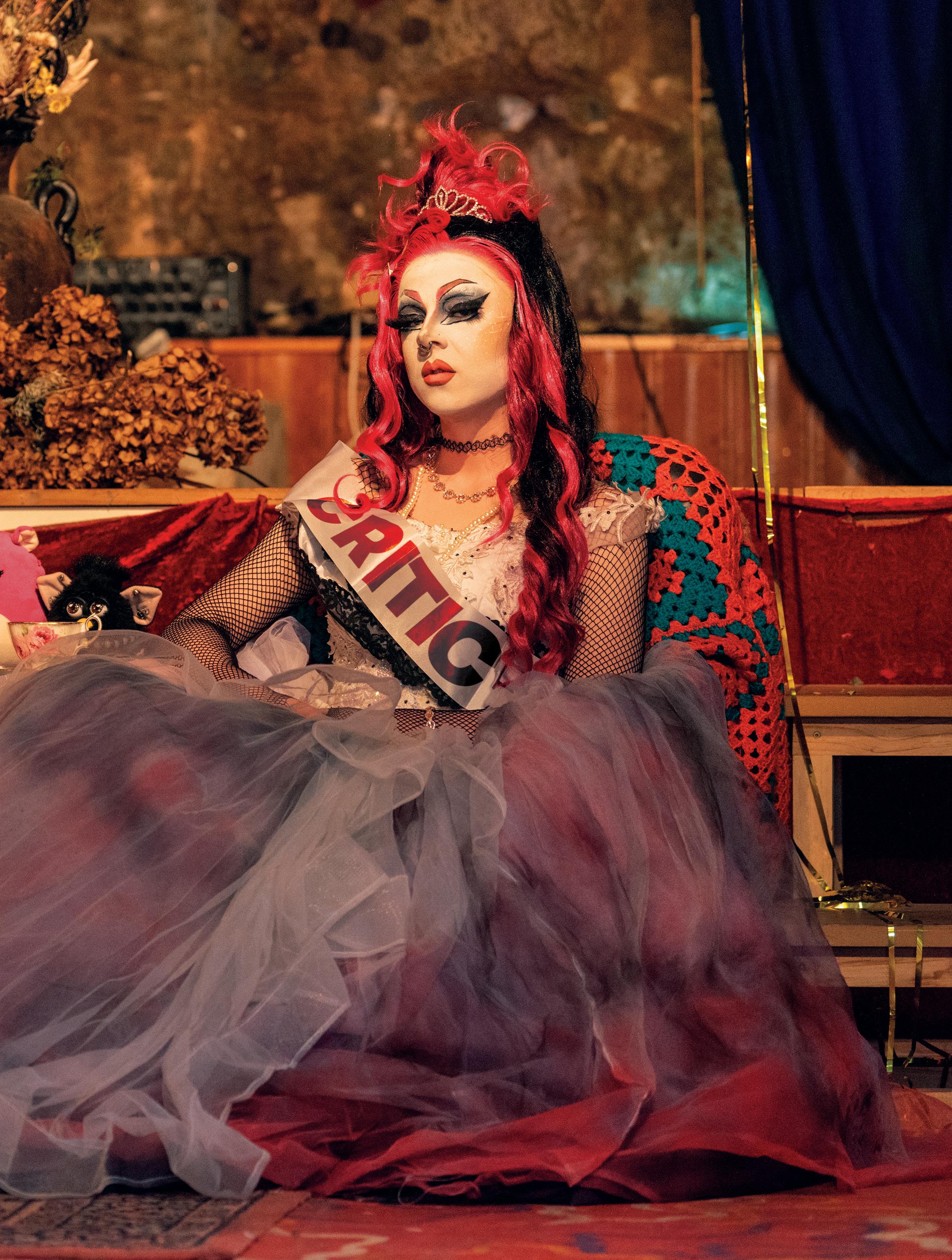
By Jordan Irvine & Monty O’Rielly
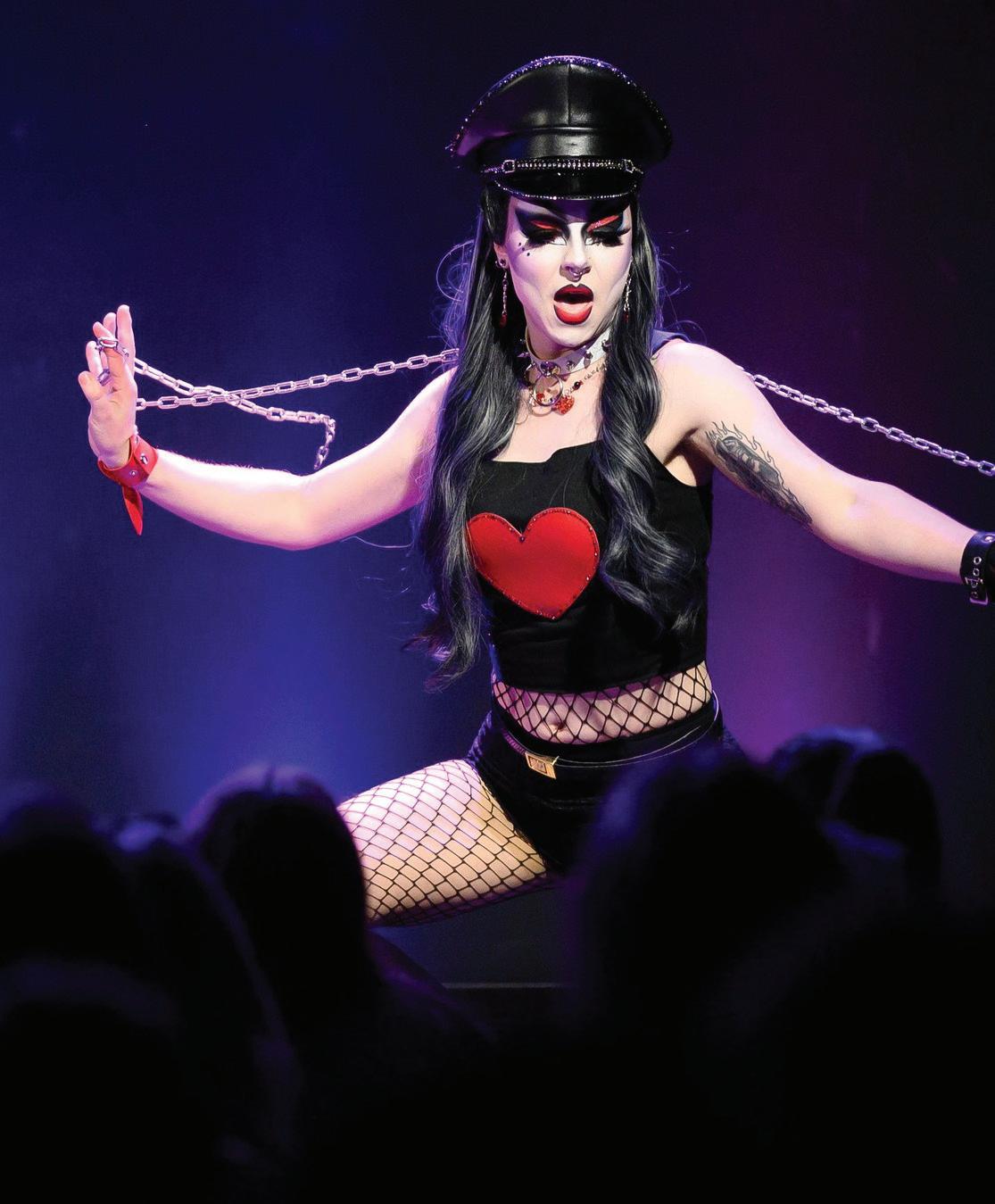

There’s been a drag revolution in Ōtepoti this year. The revitalised queer scene has been spearheaded by Ōtepoti Drag Directory founder Ann Arkii, who has firmly established herself as Dunedin’s queen of drag. Earlier this year, Ann Arkii was quoted in a Local Produce column article saying, “There was a scene that died out about a decade ago and I am often credited with revitalising the scene here in Ōtepoti.” Critic Te Ārohi delves deeper into the historical roots of drag as a vehicle for queer liberation in Aotearoa, and the glitter and politics behind the people of Dunedin’s revived drag scene.
“Drag”: In its simplest terms, drag is an art form where a person subverts gender through exaggerated costuming. Performers of drag are known for their lip-syncing, dancing, and comedic shows. As a typically queer art form, drag is interconnected with the LGBTQIA+ scene both today and historically.
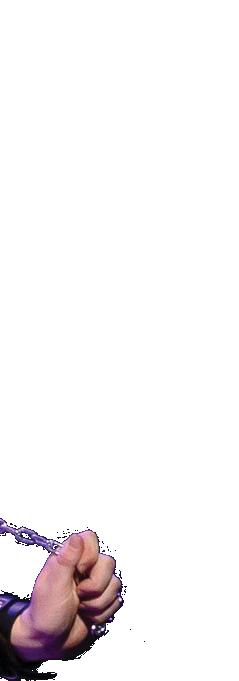


To learn about the history of the revitalised drag scene, Critic Te Ārohi spoke to University of Otago Gender Studies Professor Chris Brickell, an author on queer history. Drag came to the shores of Aotearoa on settler ships from the 1870s onwards, Chris explains. It began as a common feature of colonial theatre, featuring men dressing up as women for comedic purposes – the sort of drag that’s seen in the Capping Show’s Selwyn Ballet.
Of course, this drag lacks the full over the top, camp sensibilities that we associate with drag today, but there’s a reason for this. While the appeal was often laughed off as “isn't it interesting, a man dressing as a woman!”, drag during this time was “a form of camouflage in plain sight,” describes Chris. All forms of buggery (male homosexual acts) were made illegal in Aotearoa in 1840 and not officially decriminalised until 1986, meaning all expression of homosexuality had to be done in secret. On-stage drag was a way for queer people to express themselves in public.
One of Chris’ written works on queer history is a photographic biography of Robert Gant titled Manly Affections (1854–1936). Gant, who is remembered for his photography of men during the Victorian era, lived alone with his male partner Charlie Haigh until his death. Gant performed and photographed himself in female clothes, which Chris identifies as being connected to his queerness: “He was someone who was playing these female roles in musical theatre, but I think for him, there was a camp sensibility to it.” While drag was not explicitly outlawed in Aotearoa, it was connected closely enough to homosexuality that a man being in possession of something considered a ‘feminine item’ (such as a powder puff) was considered evidence enough that he was queer.
Drag of this double nature continued into the 20th century, particularly in largely male areas of society. During World War Two, a New Zealand theatre group called The Kiwi Concert Party (originally called the NZ Entertainment Unit) was founded within the Second NZ Expeditionary Force. “The Kiwi Concert Party drew on that 19th century idea of drag. There was a kind of private meaning for the performers and all their friends, and then a public meaning for the general public
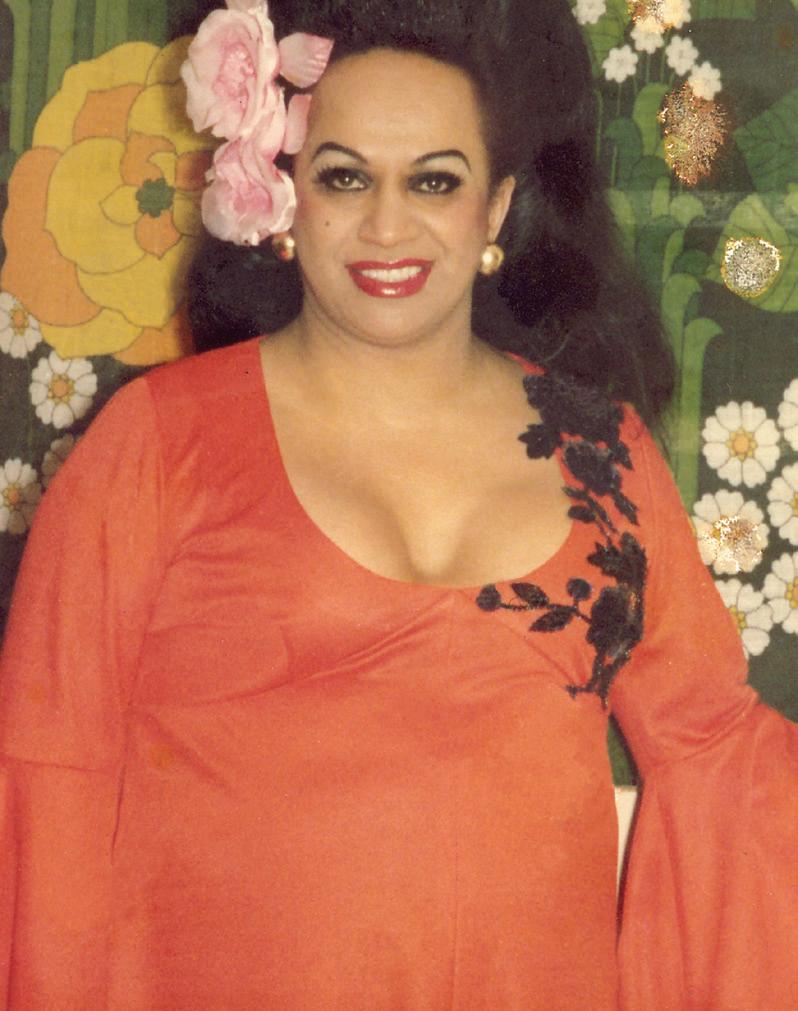
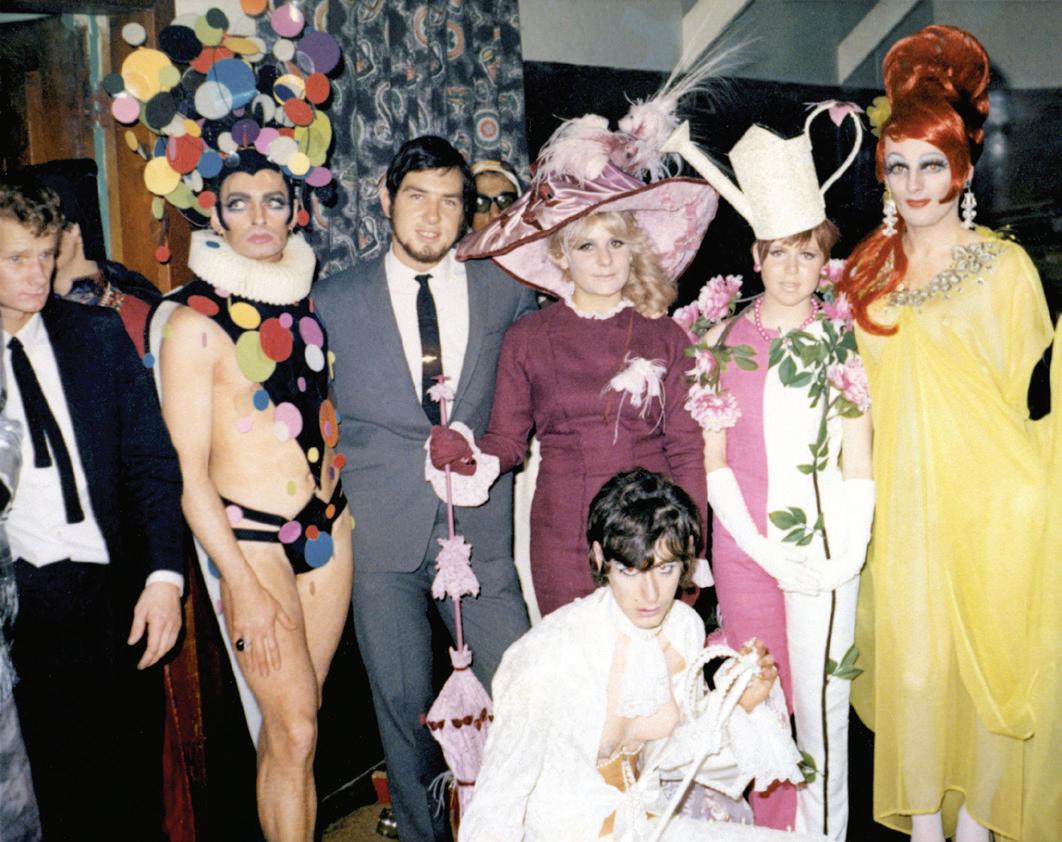
who just thought, ‘Oh, isn't that guy good? He can dress as a woman and is really convincing,’” says Chris. “So it's more about the skill of being able to convincingly transform yourself. The party trick is, at the end, revealing yourself to not be a woman after all.”
During the post-war period, as Aotearoa increasingly urbanised, the queer scene saw dramatic changes. Although buggery was still illegal, the gay scene quickly grew in the 1950s, which Chris attributes to “gay culture mov[ing] from being really subcultural to being much more open, a bit similar to in the way we have now.”
Increasingly, drag was being done at private parties by groups like the Dorian Society (the first NZ organisation for homosexual men) rather than only being done on stage as part of larger theatre productions. In these private settings, drag became bigger and bigger, camper and camper – morphing into drag that is “very obviously a costume that's not meant to be convincing” featuring over-the-top “paper mache breasts” and dramatic makeup. Throughout the 1950s and 1960s, drag was coming into its own and leaving behind much of the subtlety of the past.
By the 1970s queer culture had radically shifted from its place in the shadows. Though queer groups such as the Dorian Society had existed before, it was during the 1970s that queer organisation and protest really kick-started. In 1972, queer activist Ngahuia Te Awekotuku gave a speech to her fellow Auckland University students where she exclaimed: “Who out there is crazy enough to join me – and let’s start gay liberation!” Not long after, she founded Aoteaora’s first gay liberation group in her flat: the radical and provocative Auckland Gay Liberation Front. Similar groups later cropped up on campuses in Christchurch and Wellington.
As the battleground to legalise buggery raged in the ‘70s, Wellington was becoming one of the most liberal cities in the world for drag. The capital was home to Carmen Rupe, the first queen in Aotearoa to reach celebrity status. Carmen was known for her political activism, and matriarchal status amongst fellow Kiwi queens – much like Ōtepoti’s own Ann
Arkii. She frequented coffee bars, which employed drag queens as both performers and sex workers and saw these coffee-barqueens wearing elaborate costumes featuring two foot-high Antoinette-type wigs made from curled paper, as well as sequinned frocks with plunging necklines.
Carmen first made history in Aotearoa in 1966 when she was arrested by police for wearing women’s clothes, charged with “frequenting with felonious intent.” While this initially stirred a bit of an upset, the court case would end up being monumental for drag queens and transgender people in Aotearoa when the judge ruled that he was “unable to find anything in our law which says that it is unlawful for a male to attire himself in female clothing.”
Drag and the queer liberation movement were not separate entities during this time – which the court ruling further proved.
“Gay liberation in the 1970s and trans rights were interconnected and intersecting,” says Chris. “[Drag was] seen as a form of politics, it could be seen as a form of political practice and dissolving the boundaries was seen as really important and significant [...] This idea that you would separate trans and gay never even occurred to me when I wrote Mates and Lovers: A History of Gay New Zealand in the late 2000s. That idea is much more recent, it didn't even occur to me that Carmen wasn't a part of the gay scene. Because that's how she understood herself and that's how everyone understood her.”
The Homosexual Law Reform Act passed in 1986, legalising sex between men aged sixteen and over. Queer liberation wouldn’t have been made possible without drag. The camp displays of 1970s drag were far removed from their colonial theatre past. Drag queens – Carmen Rupe among them – became important activists in their own right. But even the mere existence of drag queens paved the way for modern queer rights, as they embodied the “out and proud” mentality that’s so integral to queer culture today.
The relationship between politics and drag continues in the modern day. Boo Khaki, a drag king of the current Ōtepoti scene, refers to drag as being “inherently political.” Ann Arkii’s drag performances often reflect this sentiment, from her name – which she chose for being “distinctly political and part of a warning” – to her ‘revolution’ themed drag nights at Yours.
“My stage is specifically a safe space for political acts,” says Ann. “You won’t get your lights cut or your music cut. If someone heckles you, we will throw them out. It’s really important to me that it’s a safe space for performers.” And the performances at their shows reflect this mentality, featuring everything from Brian Tamaki aimed insults to stage molotov cocktails. “Don’t worry about me making your kids gay. Worry about me making them a communist,” says Ann Arkii.
Much less history has been written about the drag scene in the 1990s to 2010s, but it was undeniably present – particularly in Wellington and Auckland. Recounting his own time in Wellington, Chris says, “Wellington and Auckland dance parties of the 1990s had quite a drag element to them. It's just not often talked about now.”
While movies like The Adventures of Priscilla, Queen of the Desert (1994) and TV shows such as RuPaul's Drag Race (2009–present) drew recognition for drag internationally (with RuPaul notoriously continuing to platform drag to this day), the drag scene in Dunedin reduced to little more than a “drizzle” at this time, according to Chris. D*Leria, a local drag queen who came to Dunedin in 2014, tells a similar story, saying that “there wasn’t much of a queer scene when I was first here.”
Perspectives on drag shifted during the 2010s alongside the rise of TERFism. TERF stands for Trans Exclusionary Radical Feminist, a movement that – unlike the equitable ethos of feminism – seeks to exclude transgender women. With its aim of separating gender queerness (particularly transgenderism) from homosexual rights
under the guise of feminism, TERFism exists in stark contrast to the 1970s gay liberation movement.
“The anti-trans movement, I believe, attempts to reinvent the history of feminism. Very little feminist writing between the 1870s and the early 2000s looks much like today’s ‘gender critical feminism’, whose anti-trans hostility has – in spite of claims to the contrary – emerged from the much more recent culture wars,” says Chris.
Sadly, TERF ideology has spread throughout the 2020s and Ann Arkii is no stranger to its members. Earlier this year, she was the target of TERF protestors when she hosted a rainbow story time at the Dunedin Public Library, who were kept out by security while Ann read to a bubbly group of brightly-dressed children inside – surrounded by a protective circle of parents, fellow drag performers, and friends. One protester lurked in the surrounding library shelves, and was eventually asked by library staff to leave.
“Ultimately I wasn't really surprised that there was backlash from the bigots,” Ann tells Critic. “I just wanted to read to the kids. I used to do it in highschool and I really enjoyed it. I think about how if I went to a drag reading as a kid it would be life changing. It was disappointing more than anything to see the same thing [...] Me reading to kids in drag is no different than hiring a party princess for your kids’ birthday.”
But it’s not all doom and gloom for the Dunedin drag scene. Its flames have been resparked in the past year, a reignition pioneered by Ann.
Ann Arkii is undeniably the monarch of the Ōtepoti drag scene –even if she is humble about admitting so. Before their debut as a drag performer in 2022, Ann says she’d had a lifelong interest in drag – and it was only a matter of time before she took to the stage. “I have always been an admirer of the art form. I can’t remember a time in my life where I didn’t know what a drag queen was. I had always had a love and an admiration for it,” she says. Ann can trace her appreciation for drag back to her mother’s love of films like Hairspray and Rocky Horror Picture Show: “So I would say my mother is quite a big influence on me getting into drag. She showed me Rocky Horror when I was 15, and I loved it. I made myself a Columbia costume, as screen accurate as I could get it.” Ann (sporting her Columbia costume) and her mother went to screenings of Rocky Horror together, the second of which was hosted by two drag queens who fawned over Ann’s costume.
During the show itself, Ann remembers the queens locking eyes with her from onstage during the Time Warp scene before bringing her up to join in with the lip syncing and dancing. “And I just felt so loved and appreciated and celebrated for my queerness and my art,” says Ann. “That was the point I wanted to be a drag performer. I want to bring this same kind of joy and happiness to other people, you know?”
Ann started their drag journey fairly solitary, performing alone in their room for six years before getting the chance to perform at a UniQ show last year. They performed under the name ‘Ti Tanus’ but changed the name so they could do more family friendly drag in future shows. Now ‘Ann Arkii’, her persona is based on goth characters from cartoons who she brings to life: think Ruby Gloom, Sam Manson and Buttercup. The name is an intentional play on “anarchy” (in case you missed it): “I wanted to have an outright political name so people can’t get mad when I just shit on billionaires and their private jets.”
Ann’s reputation as Dunedin’s queen of drag is due to her founding the Ōtepoti Drag Directory in January this year. Recognising the lack of performance opportunities in Dunedin for drag artists, Ann wanted to do something about it. As an owner/co-operator of Yours cafe, she was able to avoid the booking fees that might come with other venues: “I could just start the thing. It is often about creating your own opportunities.” Now if you take a walk through Central Dunedin, you’ll find most flat surfaces plastered with hers and other drag queens’ faces to advertise drag shows that have now become a regular occurrence.

The increase in drag shows has been met with widespread enthusiasm. A recent Yours drag show only had standing room left. The cafe was packed with people loudly cheering and finger-clicking with acrylic nails for each act. “I just love it!” one attendee told Critic. “It gives me and everyone in the room so much confidence.” Another attendee shared that they’re still figuring their identity out and, when asked if the drag shows help on their personal identity journey, replied: “Honestly it does.”
Drag as a safe space for queer expression is incredibly important to Ann Arkii. She has had teenagers express their gratitude for the drag shows, citing homophobia in high school as a push to seek safe queer spaces. “These kids really appreciate having a queer space to come to,” says Ann. And while Otago Uni is generally considered a safe queer space, drag king Boo says that it’s important for students to be able to seek community in spaces outside of Uni, too – especially in a city that some consider to be quite hostile to its queer citizens.
Many of the drag performers interviewed for this piece touched on the fact that drag is not only a safe space for the queer community, but the neurodivergent community as well. Our Culture Editor Lotto (AKA Boo Khaki) is neurodivergent and noticed the prominence of neurodivergent artists within the drag scene. Neurodiversity often refers to developed mental disorders such as ASD (Autism), ADHD, and OCD. For people with

neurodivergent disorders like autism, they can often deal with sensory issues. This is the case for Honk Errs who is autistic: “Often I don’t wear wigs, shoes, lashes. I can’t do full glam makeup because it is too much energy.”
Autism can also lead to hyperfixations – which can be cool, but also debilitating. “As soon as I get an idea for a costume I have to do it,” says Honk Errs. Cherri, another performer, was told they were “too special and smart” to be neurodivergent when they sought a diagnosis (a problem for another article). “Luckily it does not affect me too much with my drag. I just take it one day at a time and have fun with my performances.” D*leria, who has ADHD “and whatever else is going on”, says it goes hand in hand with their drag: “The dopamine kind of snowballs because I get it from making the outfit, then performing in it, then having people compliment it which makes me want to keep going.”
While drag is traditionally done by cisgender men dressing as women, the art form is seeing increasing representation from transgender performers. “A lot of people discover they’re trans through the art of drag,” says Ann. Personally for Ann, as a trans man, drag holds a deeper relationship with their identity: “I was doing drag for the first 20 years of my life [...] Out of drag I’m a gender queer trans man mainly because the gender binary is bullshit and made up. Ann is the same. I've made her gender binary so she can be whatever she wants. I made her a vessel to express myself in any way I want. You can make your persona anything you want.”
Ann Arkii may be Dunedin’s queen of drag, but she says, “Ultimately there would be no drag scene without everyone else in the scene.” Critic Te Ārohi interviewed her fellow performers that make up the revitalised drag community.
(they/them)
Honk Errs is the jester of the drag scene in Ōtepoti, often mixing in stand-up comedy as well as classic drag to their performances. To them, drag is “expressing your queerness through the art of performing – it shows who you are and your opinions on a stage.” Honk got into drag when they saw a show in Auckland and knew it would be a lot of fun to do. “Then I saw Ann Akrii had their show and I was like, ‘Yup I’m doing that.’” Honk is a fan of the scene in Dunedin due to its understanding of different kinds of performers.
“None of them are like, ‘You have to do it this way.’ You can do it any way you want and most performers don’t fit the classic model of King or Queen.”

(she/her)
Before doing drag, D*leria used to paint oil portraits. They even put their work into exhibitions but the passion died out quickly. “I realised all those spaces are quite racist and full of old white boomers so I had to find a new creative outlet,” says D*leria. As a Māori queen, D*leria often uses Māori culture as inspiration for their drag, incorporating Poi and other aspects of kapa haka into her performance. “I always gravitated towards the more feminine side of kapa haka so being told I have to be aggressive and slap my chest I was like, ‘Babe I’m not doing all that.’ Originally from Stewart Island, D*leria moved to Dunedin to go to art school. “There wasn’t much of a queer scene when I was first here so it’s cool to help and be a part of a new scene.”

Boo Khaki is one of the king’s – if not the king – of Ōtepoti’s drag scene. They began performing drag around the time they were getting an autism diagnosis: “Every day was a performance for me. Every day was drag for me.” Boo’s mother was influential for their love of drag, even though it was more the trashy reality show aspect of RuPaul’s Drag Race rather than the actual artistry of drag that appealed to her. Back in Auckland (where Boo is originally from) there was a casting call for a drag king show. “That was massive because drag kings are under-represented throughout. There’s a more appealing aspect to being a caricature of feminine aspects rather than masculine. King shit has always been appealing to me.” Boo was the host for the UniQ (un)talent show and performed alongside Ann, meaning they also helped start out the drag scene in Ōtepoti.
Originally from Invercargill, Cherri's interest in drag sparked after watching Gottmik on Season 13 of RuPaul’s Drag Race. “I’m a trans man who does drag, so I had closed my doors mentally forever pursuing that interest until I saw Gottmik, who is a trans drag performer – and it opened the doors again.” It was April this year where they got into full drag for the first time. Cherri then saw a Critic article about Ann Arkii upon arriving in Dunedin. “I saw Revolution 3 and went up to Ann at the break and was like, ‘I do drag’ and I joined the show the next month.” Dunedin drag is special to Cherri because it’s the first drag scene she has been a part of. “There is NEGATIVE in terms of a drag scene in Invercargill. There is nowhere suitable to even host that kind of thing.” Cherri also mentions how drag means something different for everyone: “It means being different, it means being the same.”
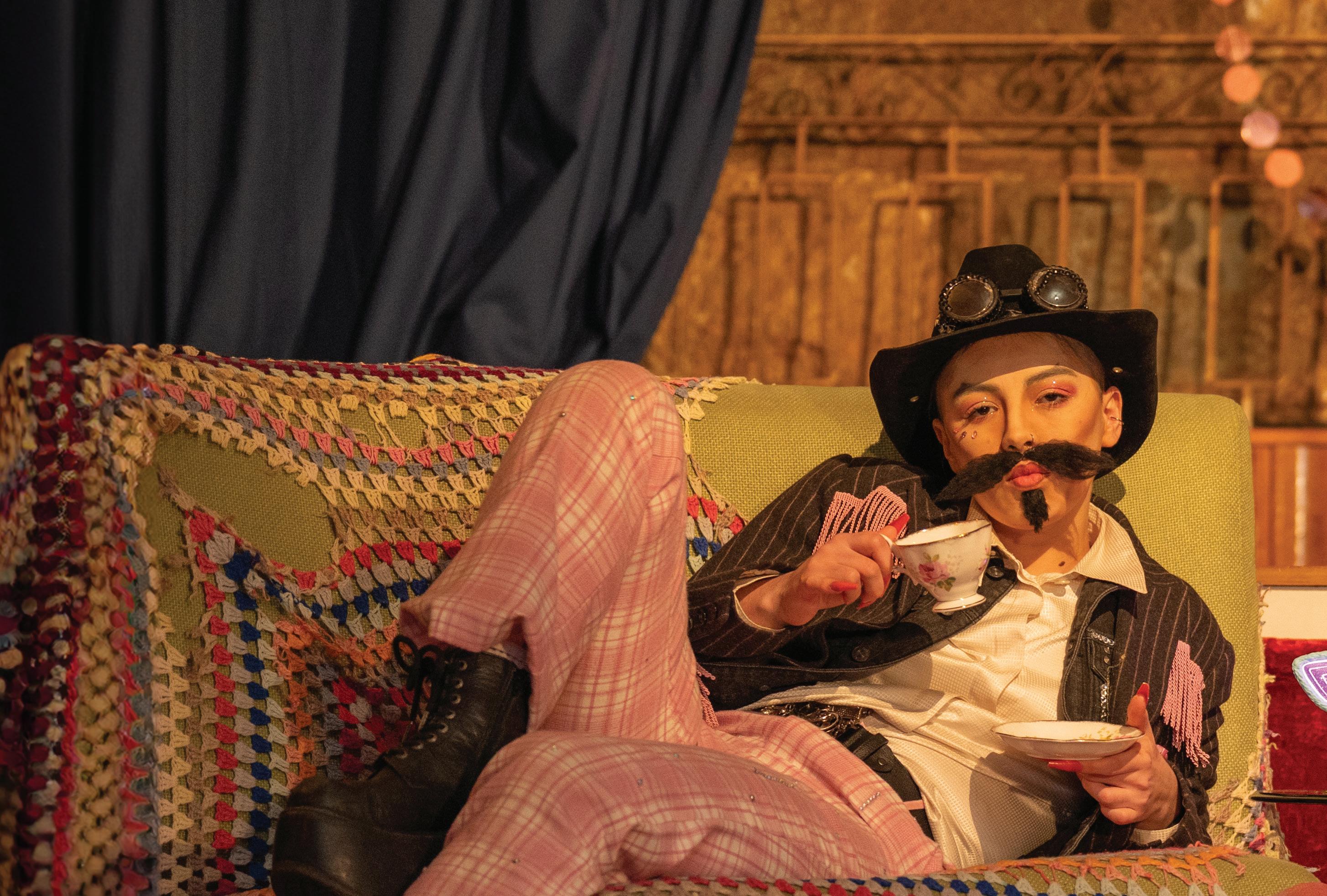
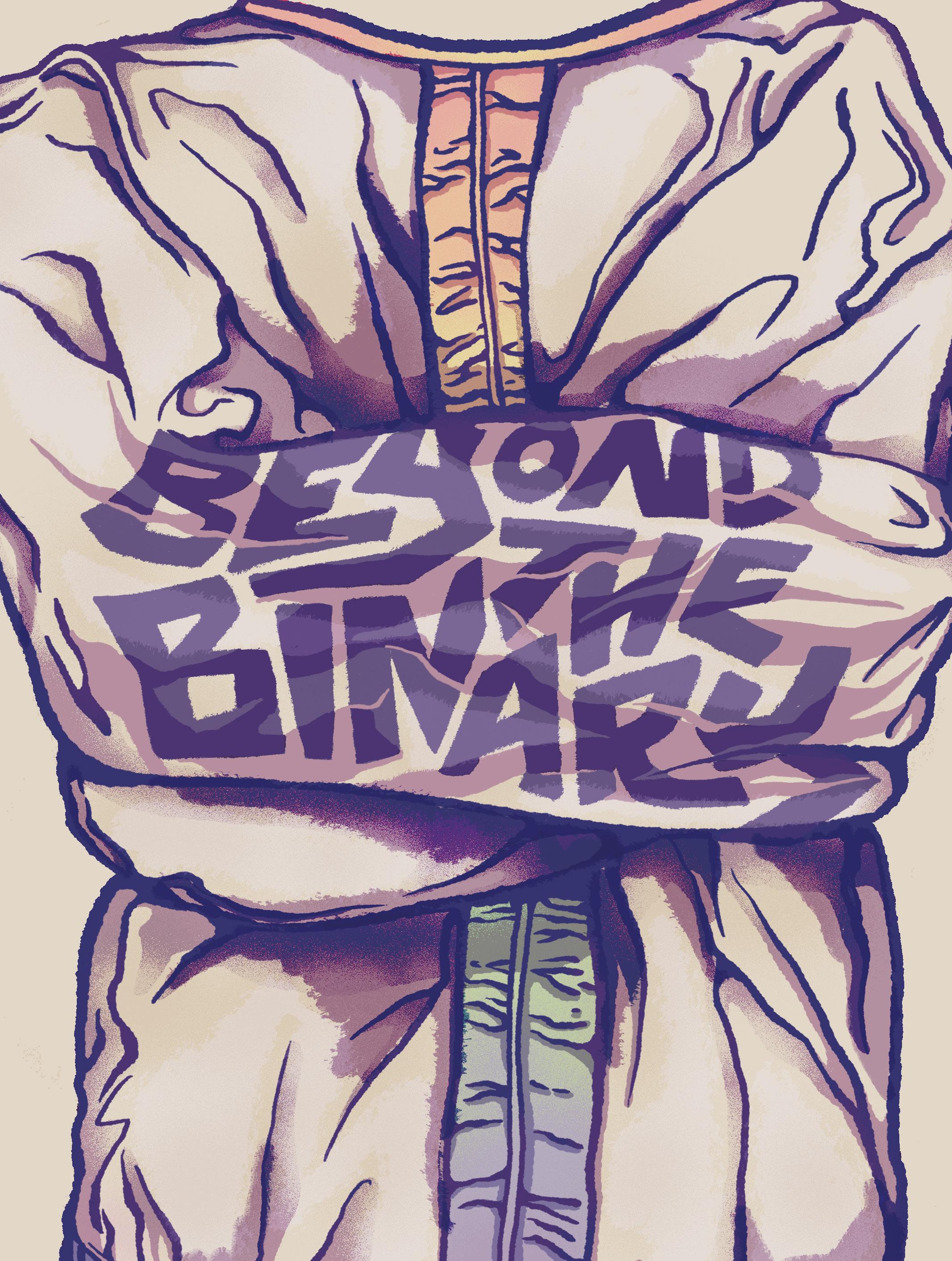
Content Warning: Discussions of sexual violence, homophobia and transphobia
Ever stopped to think about the 'norm' in heteronormativity? It's a concept so woven into our daily lives that we often overlook its subtle, but disturbing, influence. From the popularity of Love Island to "Mr. Right" and "Mrs. Always Right" mugs in Salvation Army, heteronormativity is everywhere, quietly dictating the relationships we form.
But what happens if you’re more Woof! than Vault 21? Despite living outside its rigid rules, queer people still grapple with heteronormativity’s impact. Stereotypes of how safe sexual relationships should look are baked into the education system and even the law – all centred around heterosexuality, pushing queer experiences to the sidelines. UniQ and Thursdays in Black bring to light the harmful effects of heteronormativity, effects that are often kept in the shadows – with sexual harm and violence being the darkest of all.
What comes to mind when you think of a 'person' or 'human'? Google it, and you'll probably see stock images of middle-aged white men. That's because whiteness and maleness are often seen as the 'default' human in our society—thanks to centuries of European colonialism and patriarchy. If you've taken PopHealth or any media paper, you're probably already aware of this strange, unspoken bias in our collective consciousness.
But there's also a third bias: heteronormativity. Put simply, it’s the idea that straightness (heterosexuality) is the norm. Heteronormativity assumes that, like white men, straight and cisgender people (whose gender matches the sex they were assigned at birth) are the 'default' humans. Thus, being queer is seen as unusual or 'other'.
Sure, straight people statistically outnumber queer people (around 28:1 in New Zealand) – but there’s more to the story. The national census only started asking about sexualities five years ago. As stigma and homophobia lessen, the number of queer people only continues to grow. In fact, this year’s Critic census showed the number of straight and queer students at Otago are nearly equal.
Due to its strict gender roles for both men and women, heteronormativity allows no space for gender diversity. ‘Divine femininity’, alpha males, trad wives (think Nara Smith), even twink/daddy and fem/butch culture is based on heternormative ideas of how men and women should behave in relationships. We hear it in the classic question: “But who is the man in the relationship?” It’s like a loved-up knife and fork couple asking a pair of chopsticks who’s the fork in the relationship – it just doesn’t make sense.
Now, if you're straight and reading this, take a deep breath: we have no beef. Heterosexuality isn’t bad; it’s neutral, just like queerness. And that’s the point! While straight relationships and their norms are (mostly) fine and dandy, they shouldn’t be the default expectation –forcing those who don’t follow them to ‘come out’.
We’ve all encountered – or internalised – stereotypes around sex that cause problematic situations. Maybe you assumed your boyfriend should be “always up for it” and felt hurt when he turned you down. Or perhaps you believed (even a little bit) that women shouldn’t be “too sexual,” leading you to feel uncomfortable with your girlfriend’s openness, or to judge a female friend’s past hookups in a way you’d never judge the bros’. And let’s not forget the common notion that sex wraps up when the man finishes.
Hahna Briggs, the manager of Te Whare Tāwharau (Otago Uni’s Sexual Violence Support and Prevention Centre), who specialises in sexual violence prevention and support, questions this norm of sex beginning and ending with the penis: “Do we value mutual pleasure in sex where we focus on the journey, or is one person’s pleasure more valued, with the end goal of sex being ejaculation?” Those of us who’ve encountered the Tinder Breatha™ know all too well the answer to this question.
The rigid heteronormative sexual script doesn’t just leave straight women unsatisfied; it also gives rise to some awkward conversations between queer partners whose encounters don’t fit the mould. And for those who don’t have sex at all, negotiating relationship dynamics is even harder (shout-out to asexuals, it's tough out here). This is especially true when it comes to conversations about sexual harm. Expectations for how sex “should” happen affects our ability to give enthusiastic consent too, in both queer and straight relationships. It’s hard to ask and have sex that doesn’t conform.
Given the New Zealand sex education curriculum quite literally teaches heterosexuality as the norm, there’s little room to wonder how we got here. Heteronormativity is baked into our education – focusing almost exclusively on heterosexuality and non-gender diverse people. Almost everyone got the yarn about contraception, pregnancies, STIs, and how to put a condom on a banana. But in the current curriculum, it’s unlikely you would have heard anything about sex that wouldn’t risk getting knocked up (queer sex) or gender identity.
Exclusively heterosexual sex education – and the lack of inclusivity of any other sexual orientation or identity – is especially detrimental for transgender people. Trans high school students have reported higher rates of dating abuse and sexual coercion than their cisgender counterparts, citing the lack of inclusive sex education as a reason. Without a sufficient road map to include their sexuality, trans youth often have to engage in “trial and error” experiences that often put their sexual health in danger. Here, heteronormativity has created potential for dangerous and unhealthy sex.
Hahna emphasises the limitations of the heteronormative sex education model: “If young people do not have access to positive examples of queer relationships, it can be more difficult to recognise when their relationships are unhealthy. They may believe that certain harmful behaviours are normal or acceptable. There needs to be space to explore what healthy and unhealthy relationships look like in a wide range of communities.”



to recognise when their relationships are unhealthy.
on a male bartender. The power of representation is clear: the UK-based male sexual abuse charity ‘We Are Survivors’ reported an 80% increase in calls in the first release, with 53% citing the series as the reason for calling.
So, what about the queer community? Kahukura, the rainbow sexual violence support and research organisation in Aotearoa, found that 53% of their LGBTQ+ participants had felt pressured to consent or have sex in ways they didn’t want. The NZ Ministry of Justice reports that 68% of bisexual adults will experience interpersonal sexual violence at some point in their lives, compared to the national average of 29%. Counting Ourselves (the national trans and non-binary survey) found that 32% of transgender participants had faced sexual violence since age 13, compared to 7% of the general population. Over and over again, research shows the harsh reality: queer people face higher rates of sexual violence than the national average.

Heteronormativity doesn’t end at His and Hers towels, unsatisfied straight women, or the education system’s prioritisation of the banana. It’s ingrained into New Zealand law. The legal definition of rape is “sexual connection via penetration of genitalia by a penis, without consent.”
While unlawful sexual connection covers a broader range of sexual harm experiences, ‘rape’ (as Parliament defines it) is legally distinguished due to it historically being considered more severe. The distinction creates a cultural hierarchy of sexual violence; undermining the experiences of queer victims. With queer victims’ experiences of sexual violence existing outside of the law, many incidents go unreported or ignored.
Mainstream media only adds fuel to the fire of heteronormative sexual harm. Harm by men against women is often used as a plot device – sometimes even fetishised (looking at you, Game of Thrones). It was only this year that mainstream media gave male survivors a platform with Baby Reindeer, a Netflix series where a female stalker preys
Melanie Beres, Associate Professor of Sociology at Otago University and a founding member of Te Whare Tāwharau, brings a wealth of experience to her insights on queer sexual violence. With her extensive work in the field, Melanie highlights the often invisible nature of queer sexual violence: “Queer people do not have the same kinds of role models for how to love, negotiate relationships, and expectations for sex.”
Yet, there’s a silver lining to the lack of traditional queer sex education. Melanie points out that without standard scripts or mainstream queer representation, there’s a unique freedom for queer individuals to define their own relationships and sexual values. “Growing up in a straight world that creates a roadmap for you, exploring and knowing you are queer provides fewer scripts [for relationships and sexual experiences],” she explains. “This can be both freeing and challenging.”
Off the beaten track of heteronormativity, queer people have the freedom to explore identities and sex that aren’t set in stone or dictated by mainstream media. Without a rigid answer to queer sex, it “provides an opportunity to figure it out and explore,” says Melanie.
Veering off the heteronormative road map is scary, but then so are the alternatives; being stuck in a rigid script that isn’t for you ultimately limits your existence and potential pleasure. There is power and freedom in being lost. And while splitting off from heteronormativity can feel like a big step, it's time to start walking down the path towards safer and healthier sex.
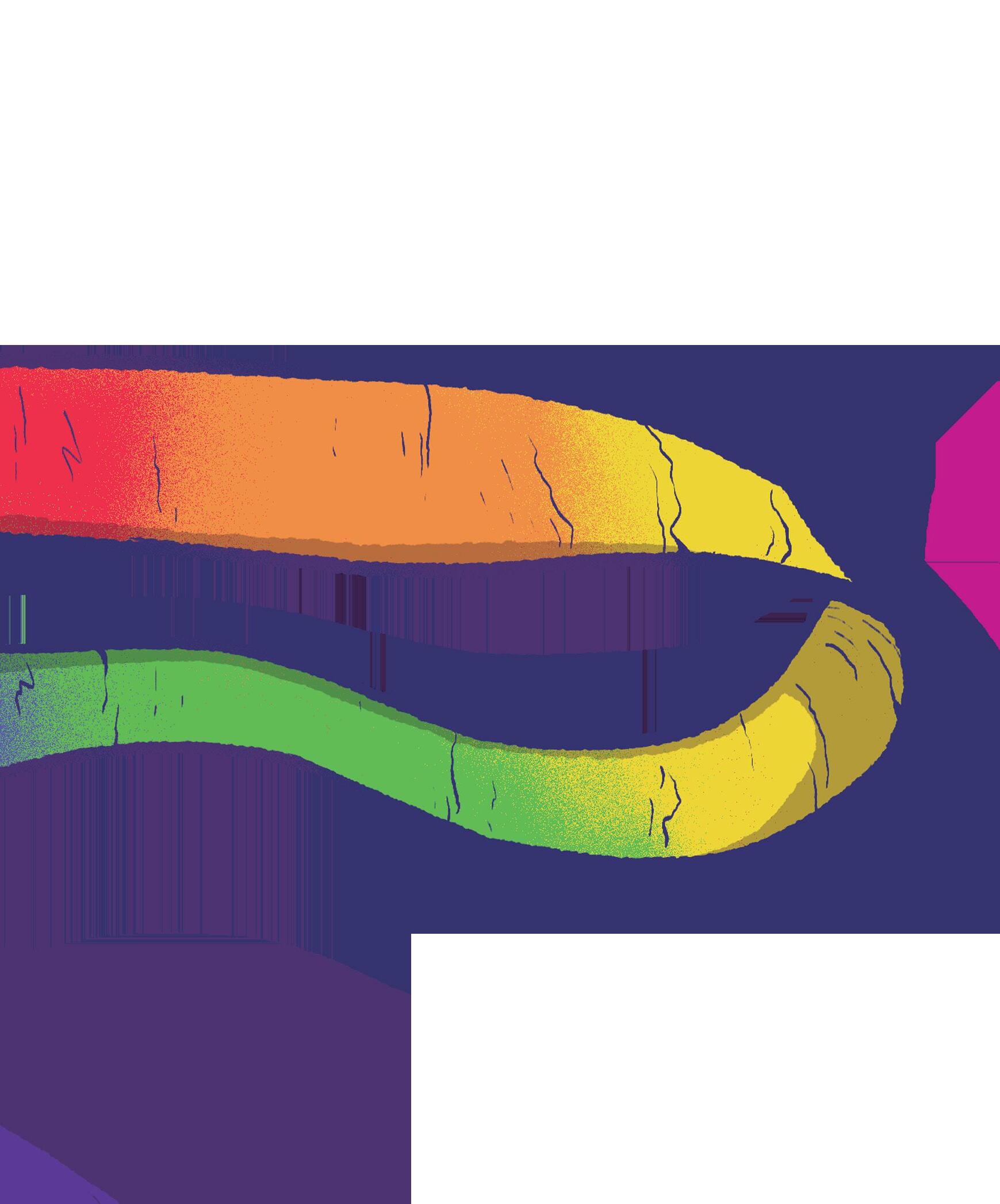



By Hanna Varrs

Finally, Joel and the singles are out of the cold and into the warm embrace of XYZ Bar. It’s 6:30pm on a Wednesday, and the bar feels liminal without the usual thrum of drunk students on a Saturday night. Music plays at an awkward volume and the light-up dance floor flickers invitingly.
Joel, Micah, and Jess are the first to arrive. Lily and Brad have already indicated that they’ll be fashionably late. The casting team, a couple of bartenders, and I stare down the trio, waiting for something to happen. Joel clears his throat before asking what everyone’s drink of choice is. “Probably a Dirty Shirley,” chirps Micah. I’ll save you the Google search - it’s just a Shirley Temple with vodka. Jessica indicates that she’s partial toward a vodka raspberry or cranberry. She’s truly one of the girlies for that.
Eventually, we wander to the bar and all grab a drink.
Joel orders a Long Island Iced Tea, joking that he’s “going to need it.” The casting team orders a Jessica Rabbit, described as being “liquid cocaine” by the bartender. “We gotta get prepared for the karaoke,” Jess laughs. In case you were unaware, dear reader, XYZ has many attractions other than two cracking bars and three stories, such as karaoke and a mechanical bull. It’s gonna be a great night.
Micah, deciding not to order a drink (he’s going to the gym later) begins scrolling through the karaoke catalogue. “They have everything,” he says, eyes full of wonder. “Anything about love?” Nina (Editor/Producer) suggests, peeking over his shoulder. Brad rocks up, ordering a glass of wine. He’s nothing if not classy.
Joel suggests that we start “doing some duos” for karaoke, and everyone is unanimous in their agreement. Despite this, nobody moves to pick up a microphone. Maybe Joel’s waiting for the Long Island to hit his bloodstream. I sip my liquid cocaine expectantly. “I think we should all go up,” Joel says. Joel and Brad end up grabbing a microphone to sing a lovely rendition of ‘SOS’
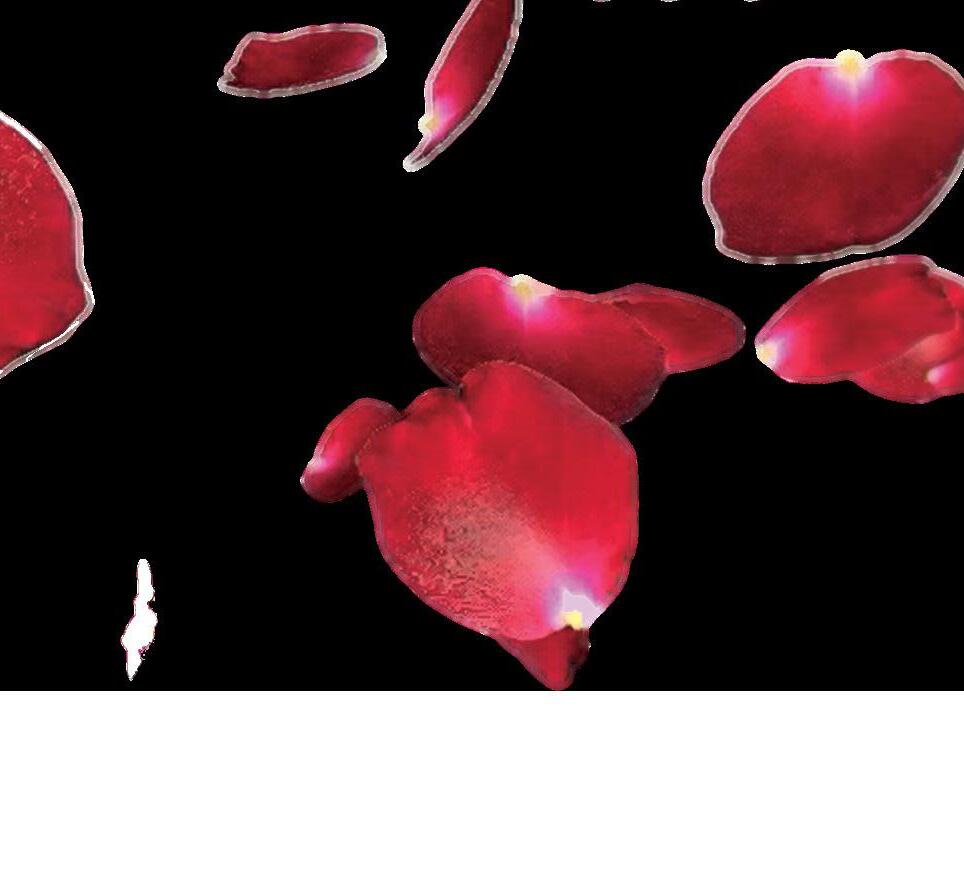

somewhat scandalously dragging in a couple of Radio One members behind her. Are we really that boring, Lily? Despite this, she’s up on the dancefloor in a flash with Jess, singing a lovely and very original version of Sabrina Carpenter’s ‘Please Please Please’.

The mood simmers down once more, with the casting team and Radio One staff pretty much taking over the karaoke. The singles begin glancing down at their phones. How can we reignite the spark? Well, what’s a better way to shake things up than being thrown off a mechanical bull? With a “come on y’all” from the casting team, everyone makes their way upstairs.
The first red flag of the date didn’t actually arise from any of the singles or Joel, but rather the waiver we all had to sign before even getting near the bull. Everyone is instructed to take off their jewellery, being warned that even earrings may be “savagely ripped out” by the mechanical beast. “How much of this do I need to take off?” complains Lily, creating a glistening pile of rings and bracelets that the dragon from Lord of the Rings would be proud of.
Brad is first to sign and mount the steed. He’s a real keen bean, fantastic in the saddle. He lasts a total of 30 seconds. “It was fun! It just kind of hurts. My pants are really slippery,” he tells me, walking now with a noticeable hobble. Lily, Jess, and Micah all accomplish scores in the high 20’s – nothing to sniff at given the unbridled violence of the bull. The waiver is making perfect sense now.
Finally, Joel mounts the bull, wearing a bedazzled



pink cowboy hat. The nervous tension in the air is only broken by Lily’s supportive shouts of, “Let’s go, Joel!”
The bull twists and turns, but he refuses to be thrown.
After a valiant 44 seconds, he hits the floor. Various congratulatory remarks are given, and everyone agrees that they’re pretty sore and beaten after that one. We make our way back downstairs, knowing what’s to come.
I’ll let you in on a little secret. Unfortunately, the roses were forgotten back at the office for tonight’s date, forcing the casting team to push their innovation skills to the limits. Instead, wine glasses (filled with water) will be handed to the lucky singles, with Joel asking if they will accept the drink.
“At this point, I mean, we’re all friends, right?” begins Joel, diplomatic as ever. “No harsh feelings at all, anyone. We can all be friends, right?” he says, sounding a little desperate. The singles stare back at him, nodding empathetically. “This first glass…” he starts, glancing between the four. ‘Kiss From A Rose’ plays softly in the background.
“Brad, will you accept this drink?” asks Joel. Brad nods and moves to accept the glass. “You have to skull it,” orders Joel, for no apparent reason. Brad knocks it back.
Lily is next to be offered a drink, and she too skulls it. Why is this happening? Joel pauses, looking between Micah and Jess. Maybe he’s gauging who looks the most thirsty. “Micah, will you accept this drink?”. Micah nods, and also skulls it back. Jess is applauded. “Aw. It’s all good. No worries,” she says, hugging Joel. “It’s been fun.”




When asked as to how she felt the date went, Lily admits, “I don’t think I did as well as I thought I would [on the bull] [...] I think that’s because I’m wearing a mini-skirt and not jeans. So, that probably wasn’t an intelligent decision. But it was a total high doing karaoke with Joel. We bonded there.” Peaks and troughs.
We check in with Joel, too. “I reckon tonight’s date went way better than expected. I didn’t think I was a fan of karaoke until tonight [...] I had a great time singing some songs. The duos were great.” He considers his low of the night. “I hear that the weekly best for the bull ride is 94 seconds. I only got 44 seconds. I find it really hard to imagine [staying on for 94 seconds]. I would love to be back to give that a try.” Well, if you need Joel, you know where he’ll be.
Everyone continues to make small talk as their respective Ubers are booked and arrive. Usually, I’d end the article here. But I have another secret for you. Micah and Joel can be heard making plans for a joint supermarket trip for after the date. Is this shit rigged? How can Lily and Brad compete with such levels of domestic bliss? Guess you’ll have to find out in the next issue ;)
“It’s okay,” Jess tells us later. “It had to be someone, and I’ve just enjoyed my time anyway.” She’s a great sport – and an even greater bull rider.


WHIRLING EDDYS
from
co.nz. 6pm. All ages. THE RESISTANCE - UNRWA PALESTINE SUPPORT FUNDRAISER THE CROWN HOTEL Featuring The Dee St Band, The Amber Temple, Murgatroyd, Crime Hospital, Sweep the Leg, Vagina Dry, Filth Wizard, E-Kare, Hystera, IVY, Slur, OMMU, CUCK, Francisca Griffin & the Bus Shelter Boys, and Deformed Sam. 3pm. DUNEDIN CITY JAZZ ORCHESTRA - RHAPSODY IN BLUE TURNS 100 HANOVER HALL Tickets from dunedinjazz.club. 7.30pm.
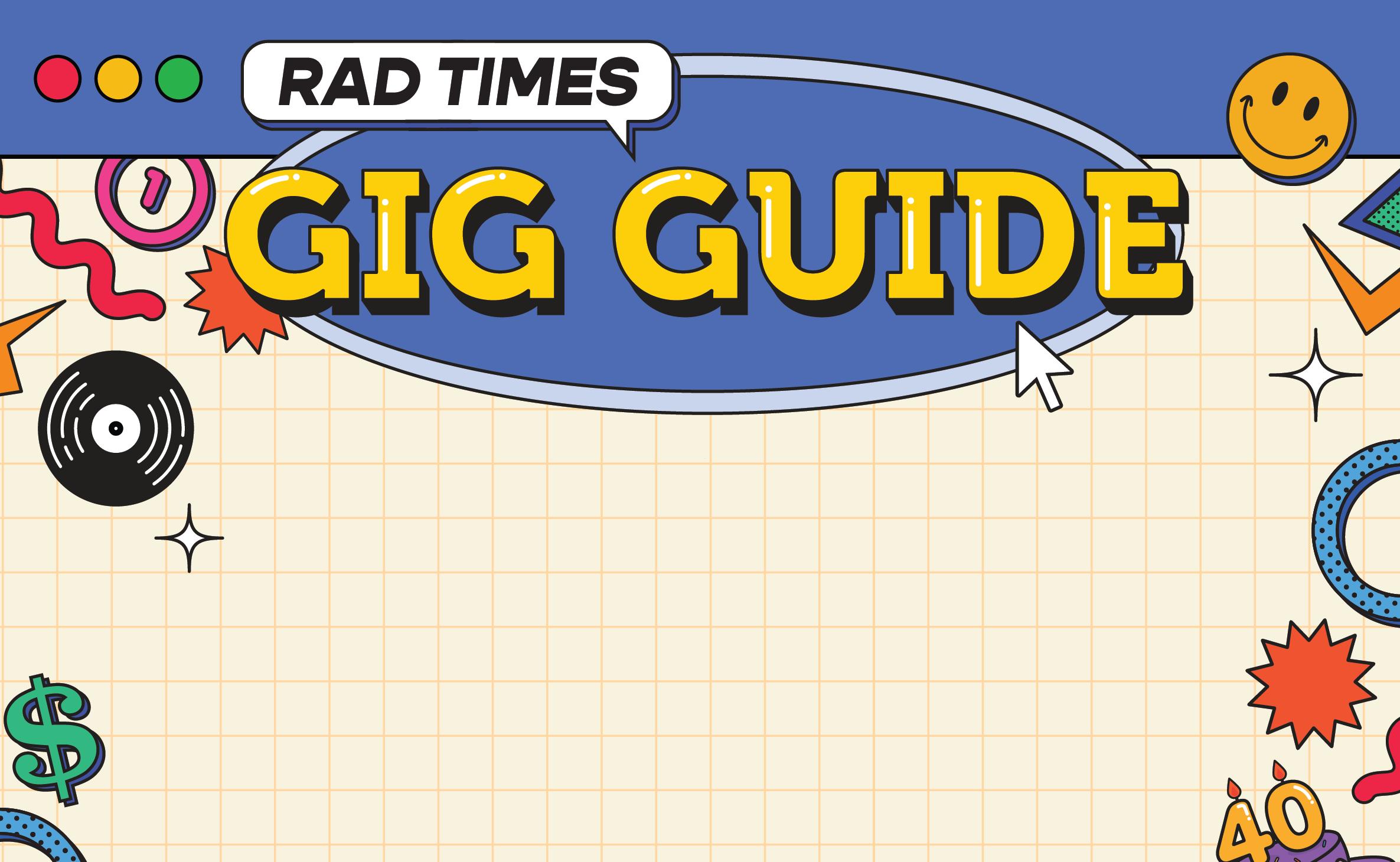
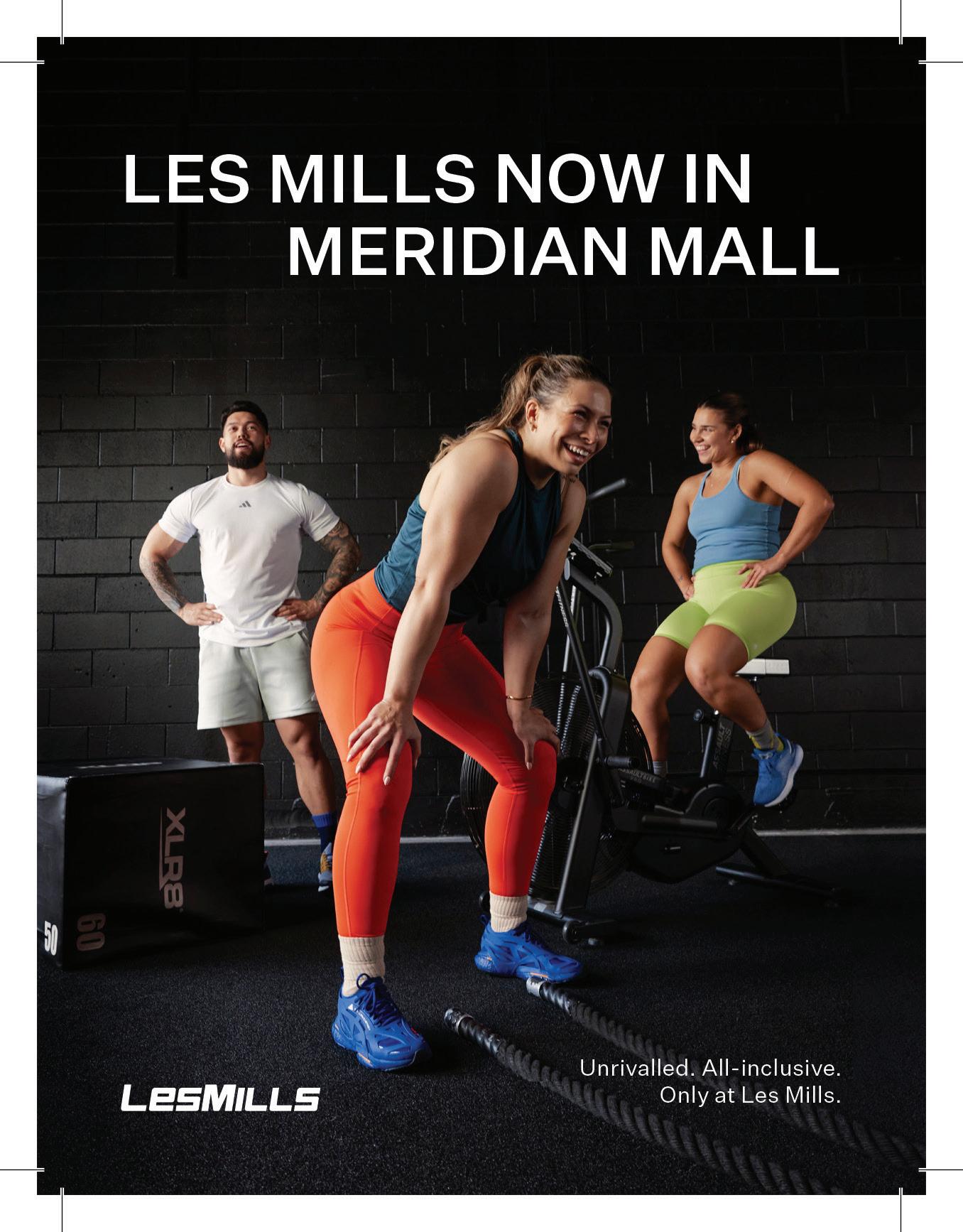
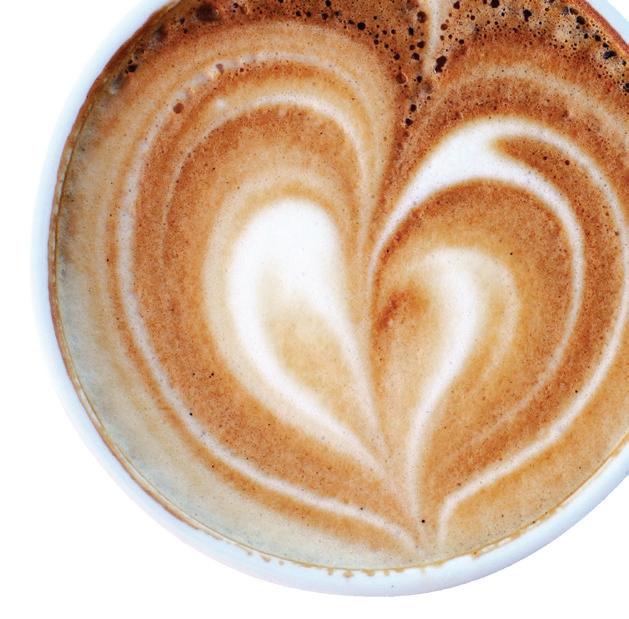

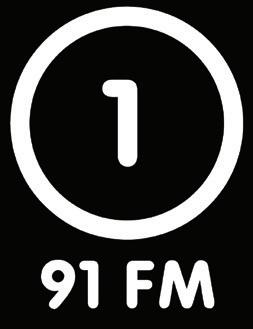
1pm.

By Jordan Irvine
RISK (he/him) is one of the hottest techno/hardgrove DJs to pop out of Dunedin this year. Already, RISK (real name Angus) has been stacking up on an impressive resume, regularly playing at Carousel, U-Bar and snagging a Radio 1 Live to Air boiler room style set. Critic Te Ārohi caught up with RISK to talk about influences, as well as past and upcoming gigs.
RISK has been around music his whole life, especially electronic music when growing up. “I remember listening to The Prodigy [...] watching the ‘Firestarter’ music video,” he says. He also grew up listening to Future Sounds of London and more of that early British techno. “Also, a lot of movies I watched like ‘Trainspotting’ had a lot of techno such as Underworld and Primal Scream,” he says. His other electronic influences include Aphex Twin, Boards of Canada, Ben Sims, Funk Assault and KETTAMA.
RISK began DJing in Christchurch in his final year of high school. “Obviously there’s a huge DnB scene there and in Dunedin. In my halls, everyone was doing it and I didn’t want to originally – I was just going to be a punter – and then when I found out how to do it I was like, ‘Oh, this is fun as fuck,” he says. The name ‘RISK’ was pinched from his uncle, who’s also a DJ. “I never met him, but he’s a DJ in Barcelona
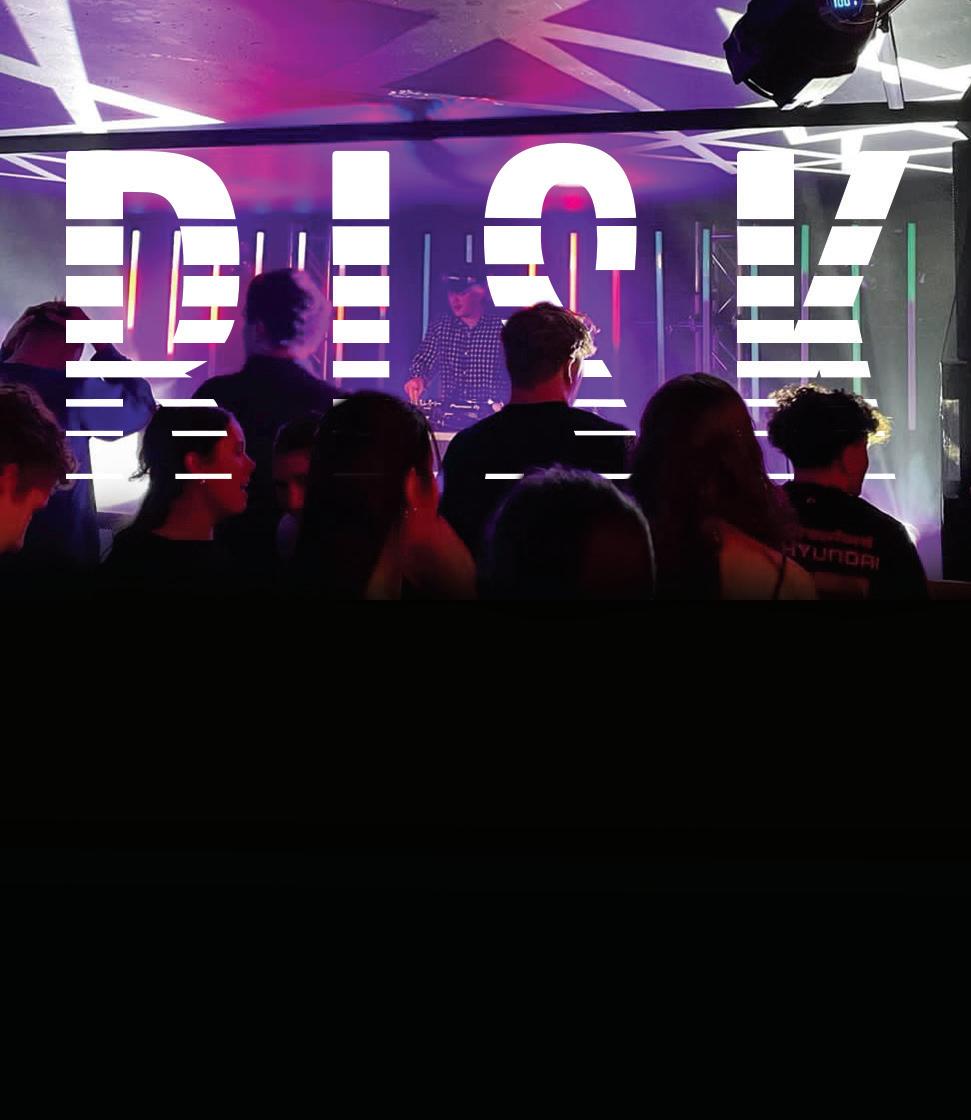
and his name is DJ Risk. I found him on Facebook and I thought that was cool and took his name,” he says.
He started off like many DJs, playing a lot of flat parties – until he got a gig at Carousel in February. Now he has a regular slot there, often playing most Fridays. One of his favourite shows was at the venue with another local musician, DJ Bax, where they went back to back on the decks. “That was the biggest crowd I have played in front of for sure,” he says. “DJ Bax was playing new music and the crowd was really responsive to that and the techno sound that I was playing.” He notes that a good DJ plays to the event: “If it is 9pm on a Thursday night, I’m not going to play the heavy stuff. You got to match the vibe.”
RISK has an upcoming gig through Subcurrent New Zealand in Queenstown where he’ll be playing with many other DJs in varying EDM genres. “I’ll be providing 145+ drums and old hard house classics. The show has been running for like 21 years and bringing in local DJs for it, it’s so sick.” He will also start making his own tunes soon. “I’ll start by doing edits then move on to making my own stuff,” he says.
You can follow RISK on Instagram @riskrees for upcoming gigs.



FOR: HANNAH MITCHELL
In almost 50 seasons combined, The Bachelor/ Bachelorette USA has yet to produce what Critic Te Ārohi did in its ‘2nd’ season: a queer bachelor. As a former contestant on the latter, though only making it through one round (thanks Joel), I can 100% say it was a worthwhile experience that TVNZ should take to the mainstream. New Zealand had its first The Bachelor season almost a decade ago, which ended up only lasting a few seasons. Clearly, it needs a revamp, and what better way to bring back a beloved reality TV show than with some much-needed representation? Currently, the most prevalent personal stories in LGBTQ+ reality TV come from RuPaul’s Drag Race. While I’m an avid fan of the show, I think it's time for queer individuals to have representation on a show about love.
The argument against a queer bachelor or bachelorette is that the contestants would fall for each other, rather than the titular bachelor, and therefore defeating the premise of the show. Sure, this could theoretically happen but it’s probably pretty unlikely unless the bachelor has pretty serious personality flaws to stop others from falling in love with them. And let’s be real, if contestants started falling for each other, that makes for some pretty golden reality TV for viewers.
At its heart, The Bachelor is about finding ‘the one'. Although there’s all the drama and flair surrounding any reality TV experience, truthfully, the show is about love, and I think now is the time for queer individuals to have their love stories enter the mainstream. Some of the most interesting parts of the show are the backstories that pull on your heartstrings. Home visits with people's biological or chosen family will have a greater impact, and hearing coming-out stories and other stories only relevant to queer individuals can be influential and important for young queer viewers. Therefore, I believe it's time for TVNZ to take the step that we’ve all been waiting for and introduce the first queer bachelor or bachelorette.
Heterosexual relationships are plagued by heteronormative social norms; cishet men have to do all the asking out and pay for dates, while cishet women are expected to look and dress a certain way for the male gaze. These stereotypes are harmful but are played up to the max on reality dating shows, such as The Bachelor.
Without ignoring the way heteronormativity harms queer people, queer relationships often have a healthy degree of fluidity. Televising these relationships, and dramatising them, only creates negative and unrealistic stereotypes with corresponding expectations. And there’s perhaps nothing more unrealistic than The Bachelor, which I couldn’t say for certain isn’t entirely scripted. It doesn’t reflect how people actually behave in relationships.
Queer people have been prejudiced by society for far too long and have made substantial progress in defeating harmful stereotypes. Now is not the time to create new ones. Showing fake queer relationships and standards only works to harm people entering queer relationships and those who are already in them. The way that media portrays relationships is deeply influential, and so the competitive and potentially toxic environment of The Bachelor will not have the right sort of impact or influence as it may initially seem.
Debatable is a column written by the Otago University Debating Society. The Debating Society welcomes new members and meets at the Business School every Tuesday at 6pm.

With snow having made its first appearance this year, we’re all in need By Ruby Hudson

1 medium onion (diced)
2 medium tomatoes (diced)
400 g shoulder bacon (diced)
100g butter
1/2 cup plain flour
2 cups milk
optional if you are vego any mustardmustard/powder would work
Instructions:
Step 1. In a large pot of water, cook the macaroni pasta until it is 90% cooked. Give it a taste after 13 mins, it should have a tiny bit of bite to it. Drain and set aside.
Step 2. Place a large saucepan over medium heat. Once hot, add the diced onion and bacon. Cook for 15 mins until the onions are softened and bacon is cooked. From here remove the bacon and onions and place to the side.
Step 3. Add the butter to the pot. Once melted, remove from the heat and quickly whisk in the flour until a smooth paste has formed.
Step 4. Return to the heat and cook for 5 mins. Slowly add the milk, whisking constantly to mix. Heat until the sauce begins to boil and thicken.
Step 5. Preheat your oven to 180 degrees Celsius.
Step 6. Once the sauce is thick and glossy, mix in the mustard, cheese, and a decent amount of salt and pepper.
Step 7. After the cheese has melted, stir through the onions and bacon, diced tomato, parsley and pasta.
Step 8. Pour the macaroni cheese into a large ovenproof dish. Cover the top with breadcrumbs and a thin layer of cheese.
Step 9. Place into the oven and cook for 15 - 20 mins or until the topping is crunchy and golden.
Step 10. Serve on its own or with a side of seasonal vegetables! Enjoy :)
By
Grog! is the Australian version of Prime, and that means two things: one, like anything truly Australian, an obscene amount of alcohol is needed; and two, this drink has reached Hyoketsu levels of shameless breatha-targeted marketing. The pretty colours are perfect for an audience who hasn’t yet developed their prefrontal cortex.
Grog! was created by YouTubers Maxmoefoe and Anything4Views, and was formed through their podcast ‘ColdOnes’. It’s what you’d imagine – listening to your mates drunkenly talk shit and thinking that they aren’t being completely punishing. The two seem to have stumbled down the pipeline from “yeah bro we should totally start a podcast" to “yeah bro, let’s make an RTD brand” – often overheard between homies in the Business School. And not only will it be a 6% RTD, but it’ll be shamelessly marketed for the sole purposes of binge-drinking. YEAH LETS GET ON THE GROG! Might as well just name the drink ‘PISS!’
In terms of taste, just imagine the Wish version of a Kirin Hyoketsu – except it's made by Youtubers, so it's grossly more expensive. Grog! itself is made out of Shochu, Vodka, and Soda in the style of a Japanese Hard Soda. Basically, it’s a drink that really leans into the fact that it's low-calorie and sugar-free, which really just means that instead of
sugar this drink is packed with so many artificial sweeteners you could be convinced you’re drinking watered down vape juice. Lemon Ice Grog! isn’t terrible by any means, but it might just be the most run of the mill lemon-based RTD out there.
Like any celebrity alcohol brand, a box of these will cost you an arm and a leg for a taste of that sweet, sweet Youtuber clout. A ten-box of these will cost you $33 for 15 standards, with the golden ratio coming in at $2.2 per standard. On a side note, the NZ version of this drink comes in at 5.9% because those cheeky bastards from ColdOnes wanted to avoid the alcohol tax (where 6% and higher drinks are taxed more). If you're going to scam the government, at least make it cheap to get on the Grog!
Pairs well with: Binge-drinking while watching Youtube Shorts
X Factor: Putting Vodka in Prime
Hangover Depression Level: 8/10. Googling the effects of drinking microplastics
Taste Rating: 6/10. Lacks creativity

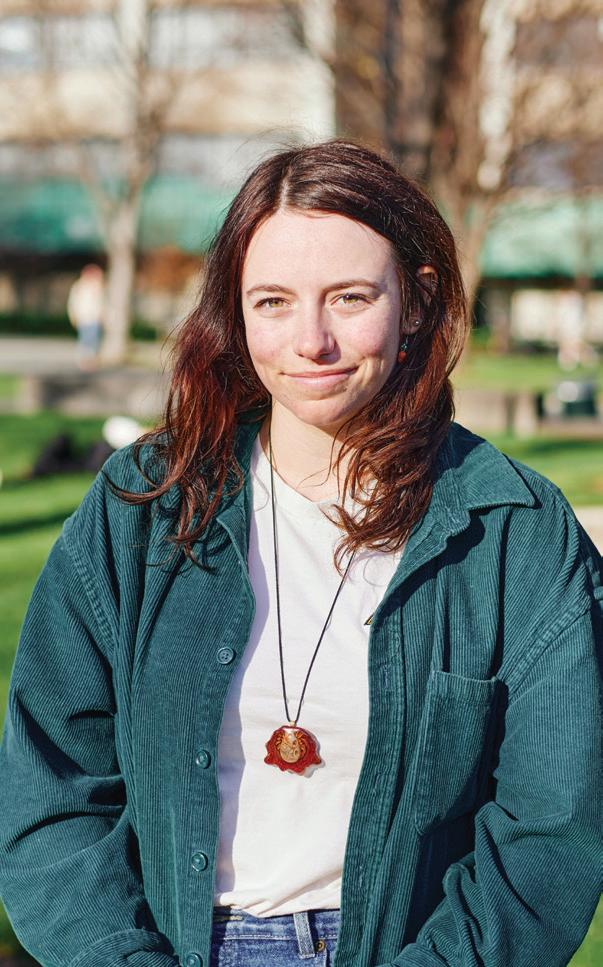
I hear comments consistently about how “disengaged” students are. But I disagree. I think students have been made cripplingly poor, but not just in terms of wealth – also in terms of time. It’s led to student culture being drained without people even realising.
Despite all the jokes about staying in Dunedin too long, I have been very privileged to be at the university for the past five and a bit years. I have seen the university before, during, and after Covid. More importantly, I have seen the flow-on cost of living crisis take over everyone’s time. This has led to a decrease of time spent on campus, a decrease of time being spent on hobbies, and a decrease in time being able to create a community. This affects everyone. People don’t have the “luxury” of being able to dedicate themselves to anything other than working and squeezing in anytime to hang out with their flat.
I put luxury in quotation marks because it is in fact not a luxury. It is a basic right
everyone in years’ past has had the ability to do. They could occupy the Clocktower because they had time to do so. They could have the best time of their lives because they weren’t trying to figure out how to balance seven papers with a part-time job.
While there is no easy solution to this, I hope to spark something within everyone. We, students, are all bonded by these issues. There is a common student experience that still unites all of us. If we want that student culture we’re told great stories about, we have to foster that community connection. Lastly, I want people to be able to engage with the Executive knowing there are people who are advocating on your behalf on these issues. And if you want to challenge yourself and build a community, 2025 Exec elections are just around the corner.
Keegan Wells OUSA President
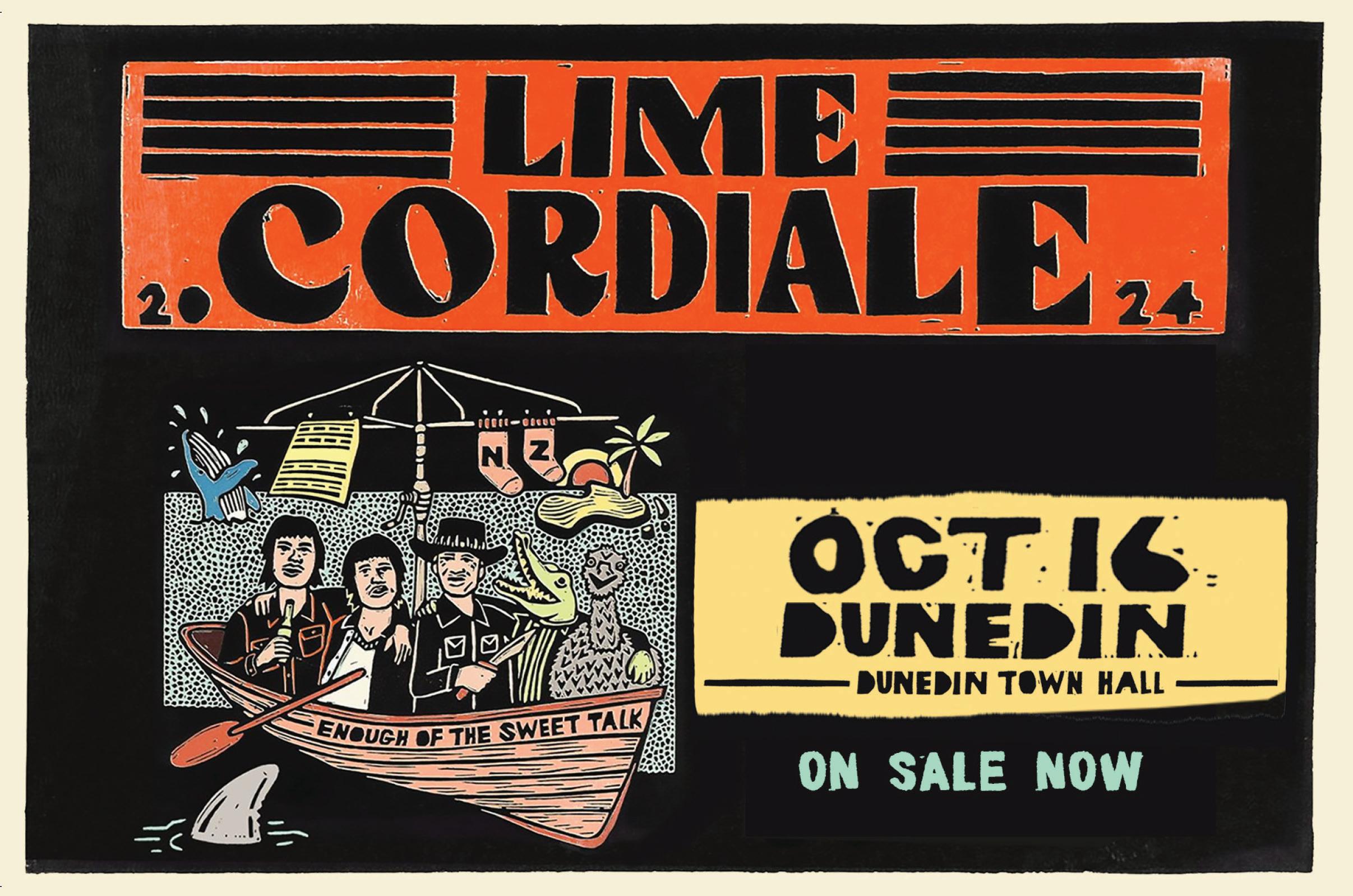
Taking a break from reality can sometimes do more good than harm, so absolutely check out this week. Be the personification of lights on, no one home. You may regret it next month, but you can claw yourself out of that pit when you come to it.
Late-night side quest: Eat gummy vitamins and sleep a solid eight hours
Start a new obscure sport, like hopscotch or hobby horsing. You have backed yourself into a niche of the kinds of people you meet and it is starting to reflect in how you talk to those around you. So go out and meet some weird people because weird doesn't necessarily mean bad.
Late-night side quest: Host your own boiler room
Gemini
Go off-grid for the rest of this week. Everyone is sick of hearing your constant complaining (including you) and the awkward jokes are just as unfunny as you’re afraid they are. It’s a sign for a reset. Rest, breathe, reconnect – then come back to society better than ever.
Late-night side quest: Ride to Port Chalmers on a stolen bike
Leo
Serious question, Leo: do you wash your hands after you pee? If you don't, you'll lose your phone charger and accidentally send your landlord a nude just before your phone dies. But there’s still time to make a change! 20 seconds minimum. Sing the chorus of Mr. Brightside if you have to.
Late-night side quest: Deep clean your laptop

Libra
Your dream board is gathering dust every minute and the year feels like it is nearly over. Get to planning that trip to Invercargill that you have always (secretly) wanted to go on. You may even see the rare sight of a couple that aren't cousins.
Late-night side quest: Become an Uber driver
Sagittarius
Nature is calling. Get your thermals on, take your hayfever medication, and go and sit in the botans for nine hours. Once you find the meaning of life, you can buy a van and live in it for the rest of your life. Peace at last!
Late-night side quest: Learn a Shakespeare monologue and perform it in the Pint Night mosh
The visions you’ve been getting are from your meds being off balance and not because you are clairvoyant. Maybe have a vision about going to the doctor or not taking MDMA on a Saturday night for once in your life.
Late-night side quest: Eat-seven-packsof-noodles-in-one-sitting challenge
Taurus
Cold weather means getting those thumbs texting your bed warming roster. It’ll be a chilly few nights if you don't get ahead of the competition. While you are snuggled up in bed, you may as well take the time to catch up on the cardio you have been so sorely lacking.
Late-night side quest: Call your mum crying about life in general
Cancer
A lasting love is on the horizon for you, and it may be with someone closer than you think. Keep an open mind and remember you are deserving of all the love in the world, even if you don’t think you are.
Late-night side quest: Play Roblox
Virgo
Your to-do list may be long and full of trivial stuff, but you have the motivation to get it done quick as hell. If only you had this much motivation and drive when it came to important things, like your degree and spending time with your loved ones.
Late-night side quest: Pavlov your flatmates into cleaning up your toast crumbs
Scorpio
This week, you are a rock to those closest to you. While you’re busy being a shoulder to cry on, make sure to take time for yourself and remember that everyone has tough times. During yours, rest assured you have a great support system.
Late-night side quest: Prank call the head of your department
Capricorn
Cancel all subscriptions you have. Netflix and Amazon are using your data to create a clone army that will try to take over Stewart Island – they will of course fail, but the rise of robot clones is enough to make you think about throwing your phone away.
Late-night side quest: Drink water at a party while pretending it’s alcohol







